
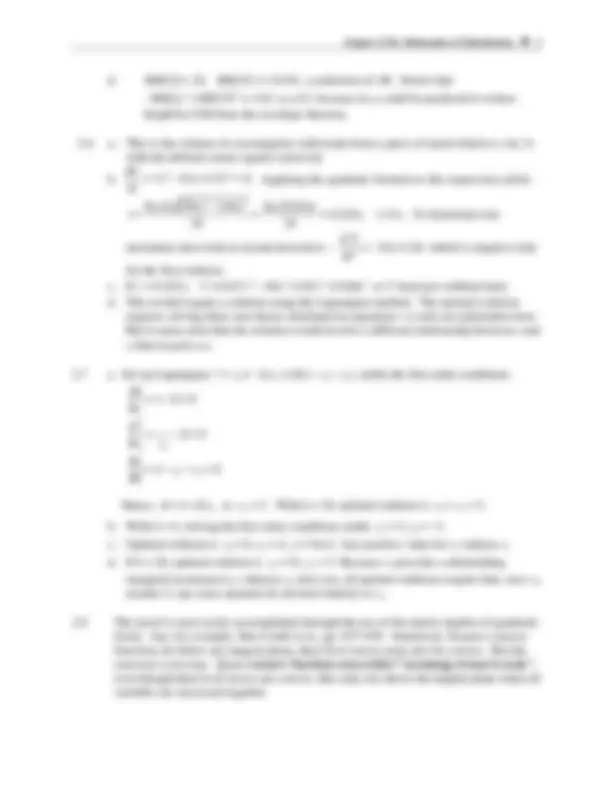
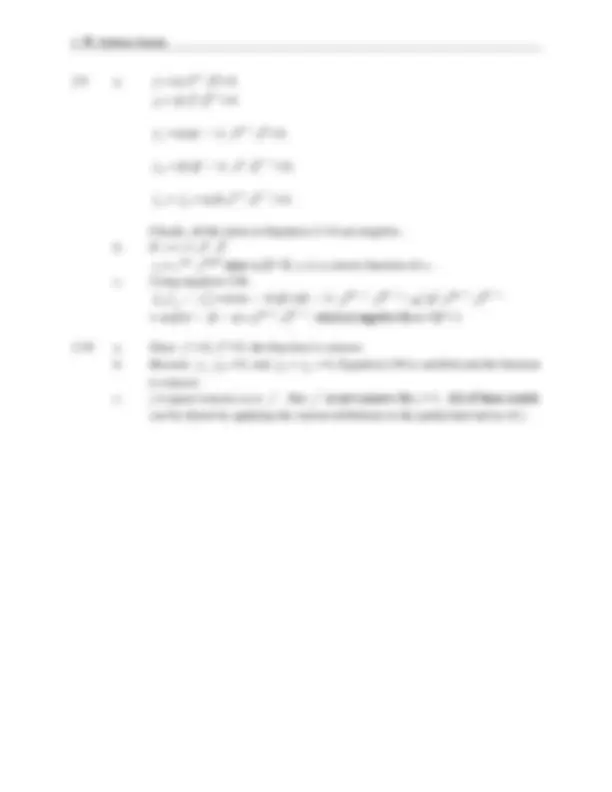
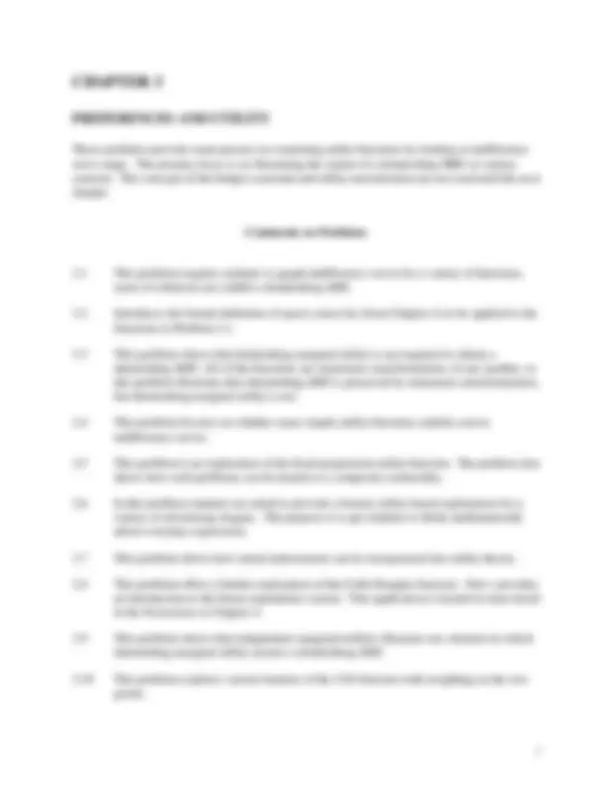
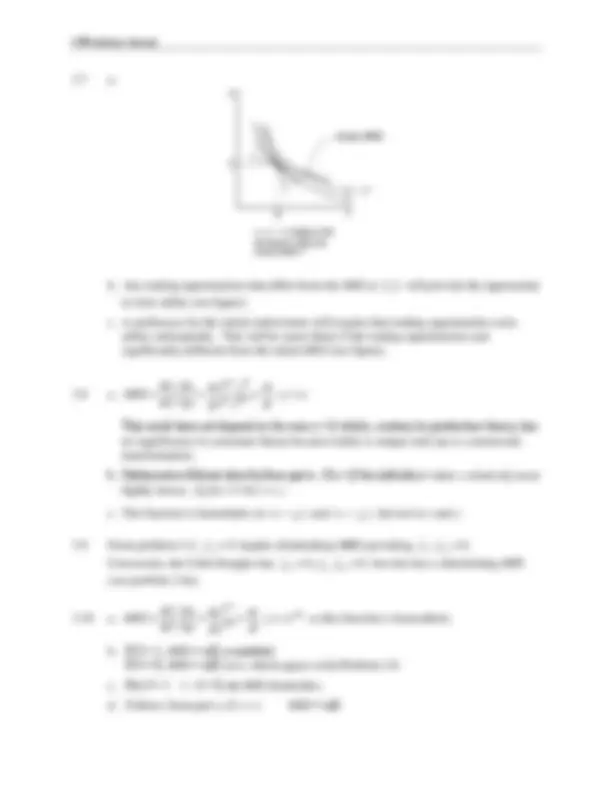
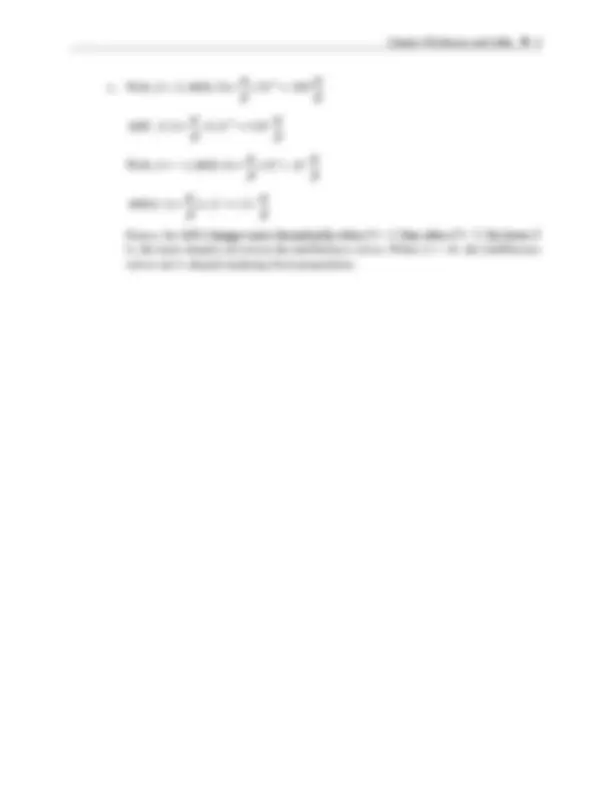
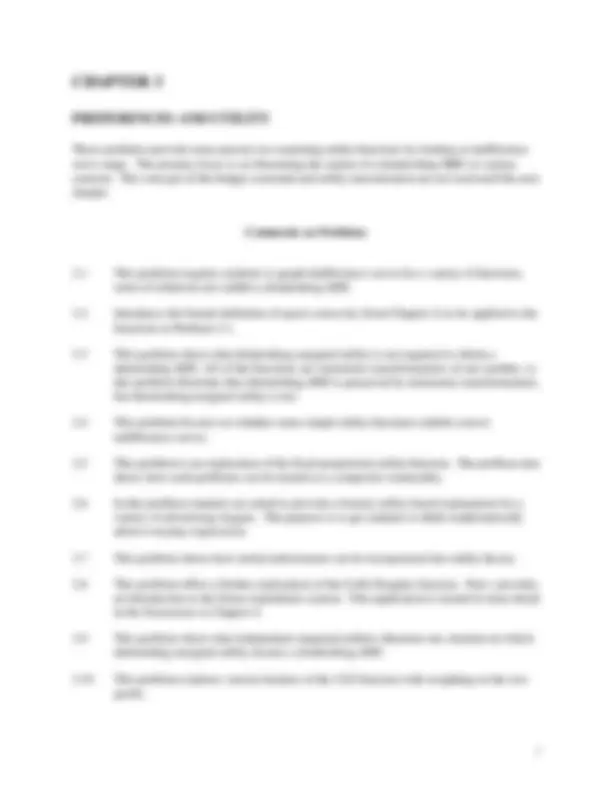
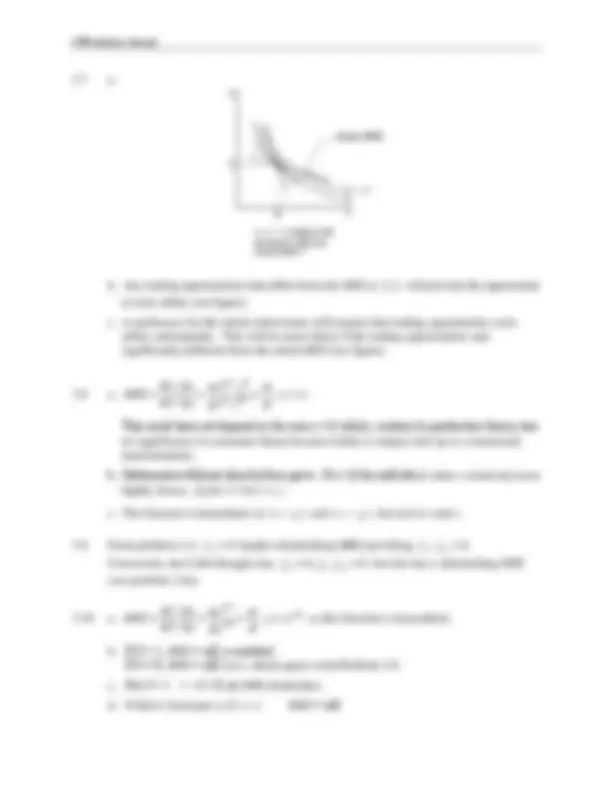
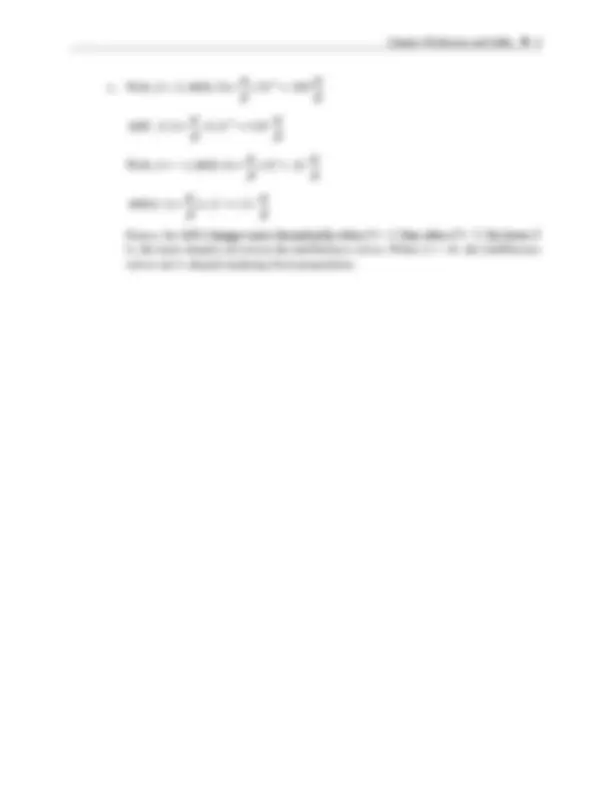
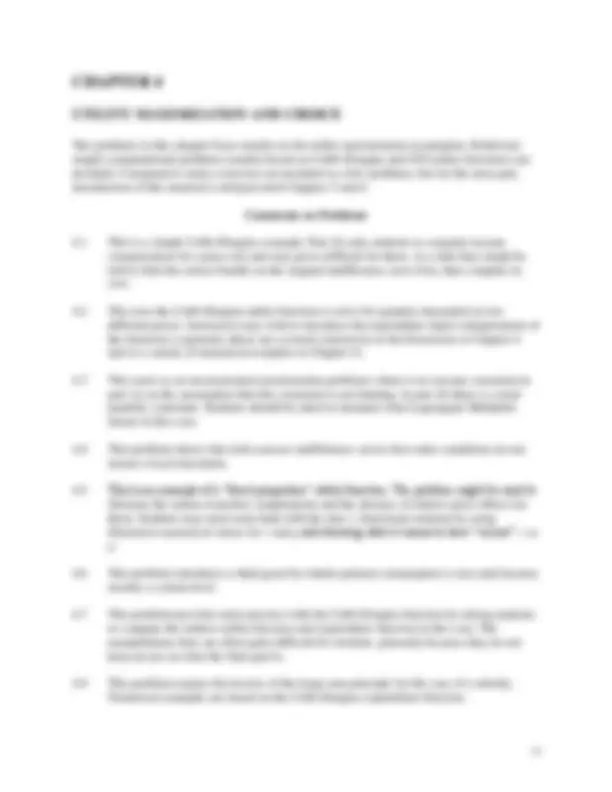
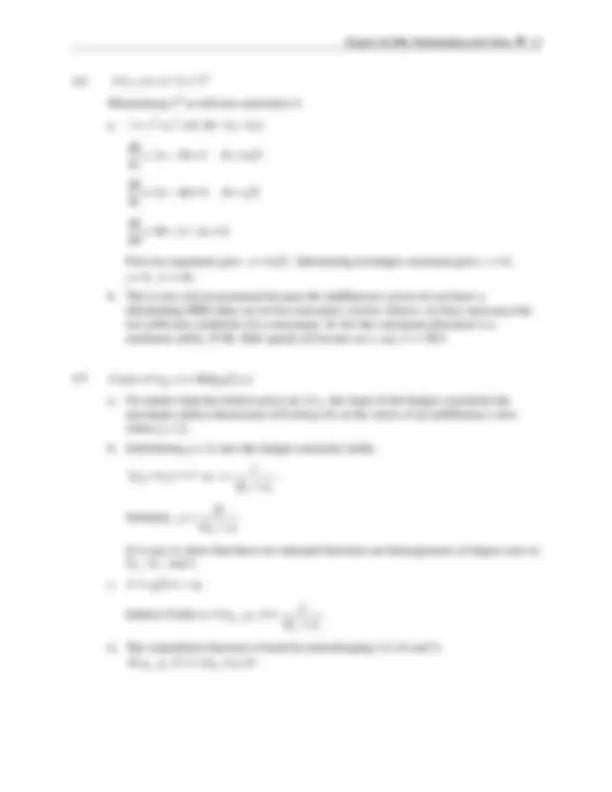
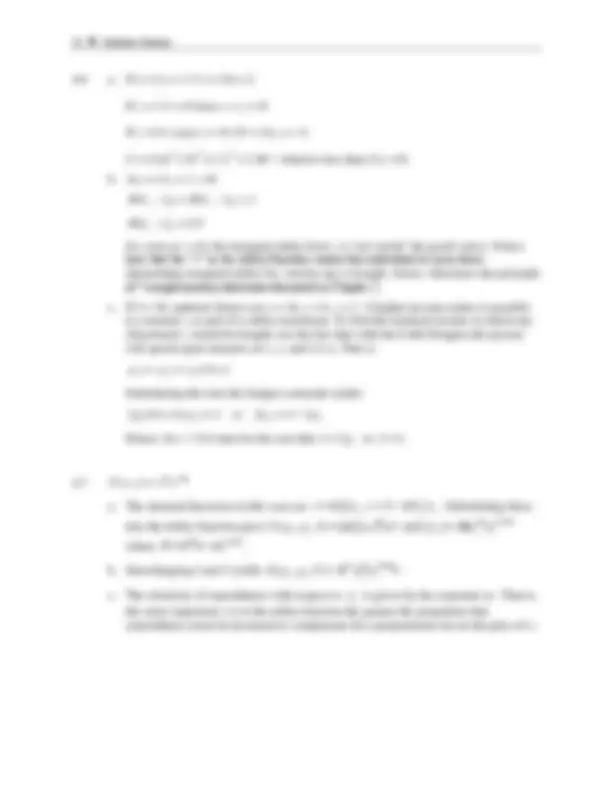
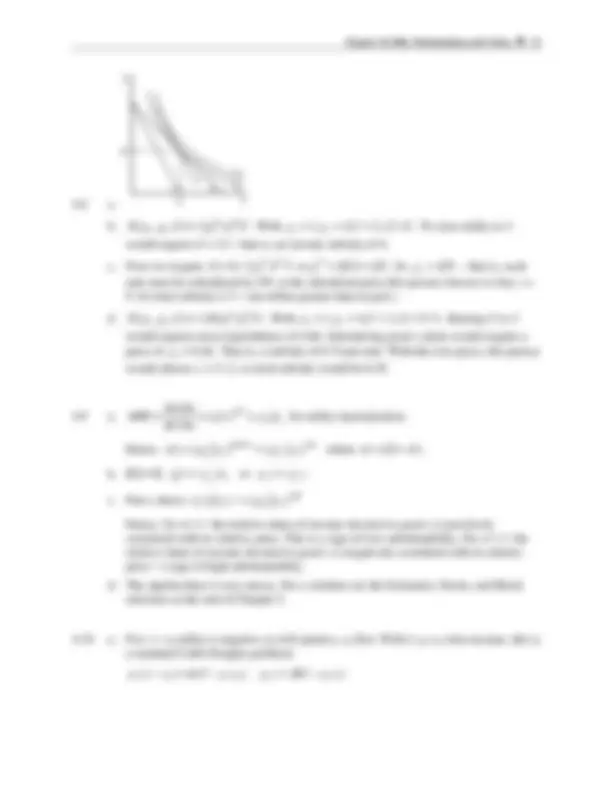


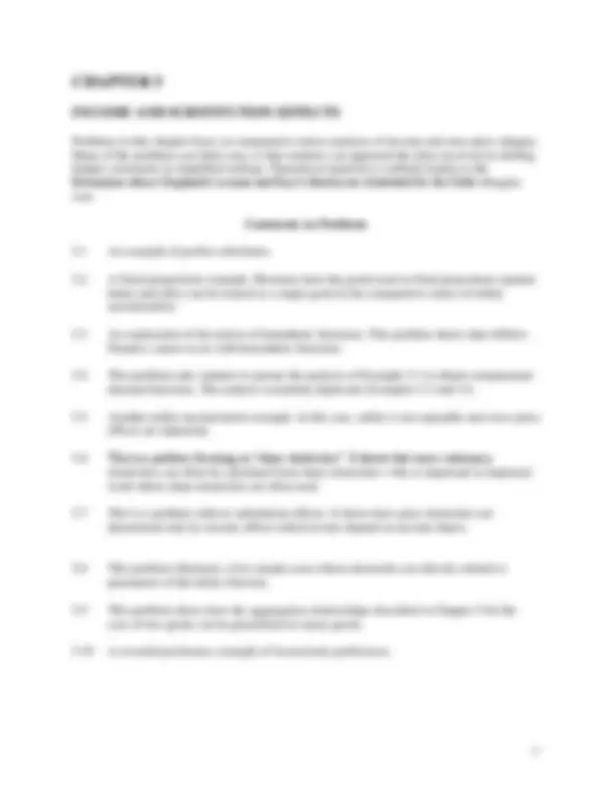
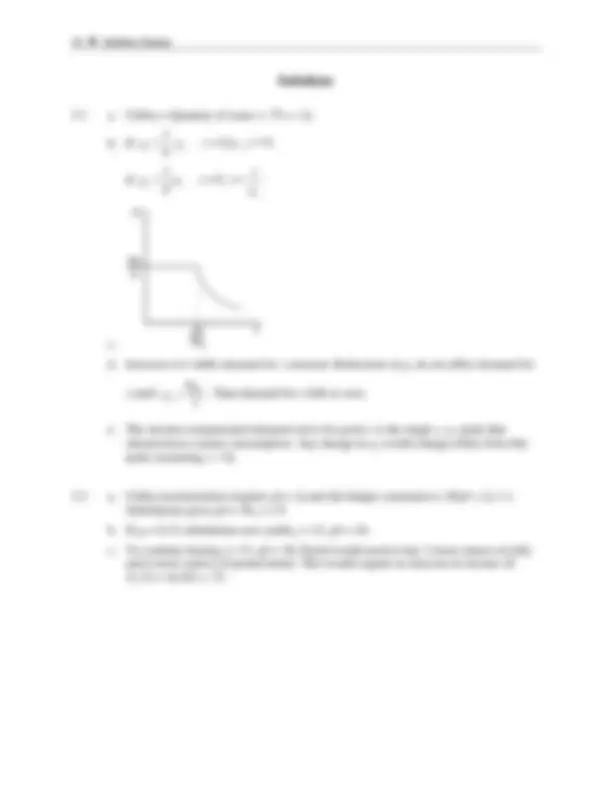
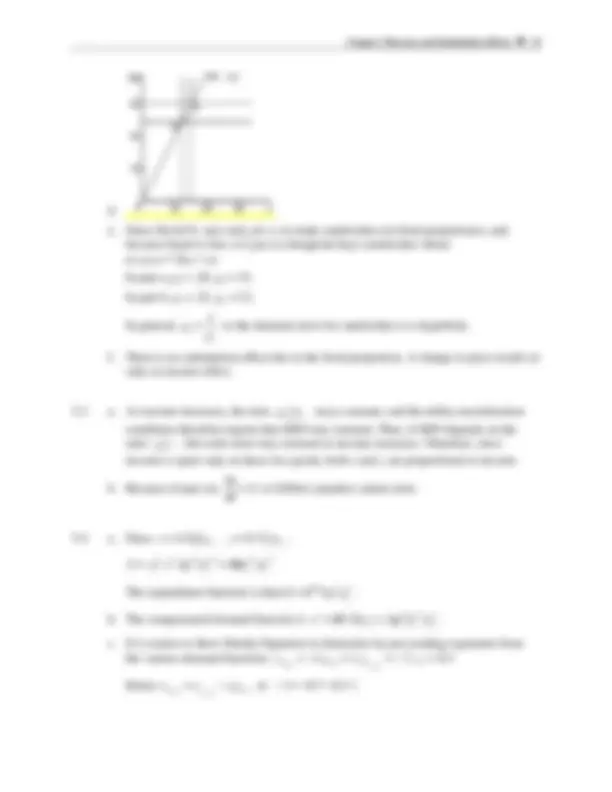
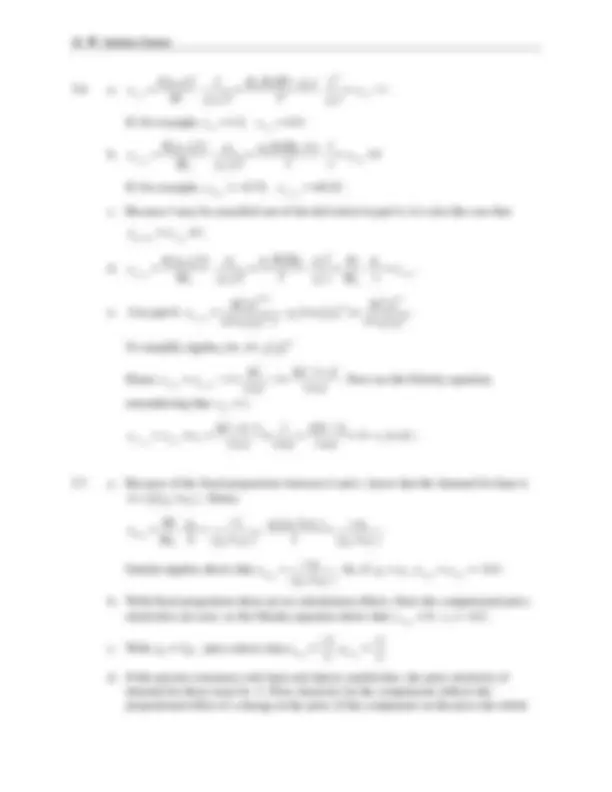
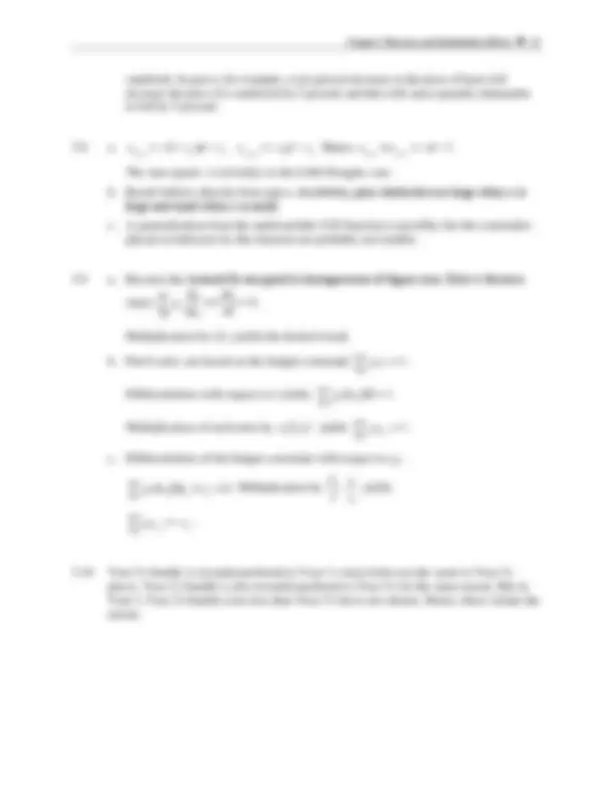
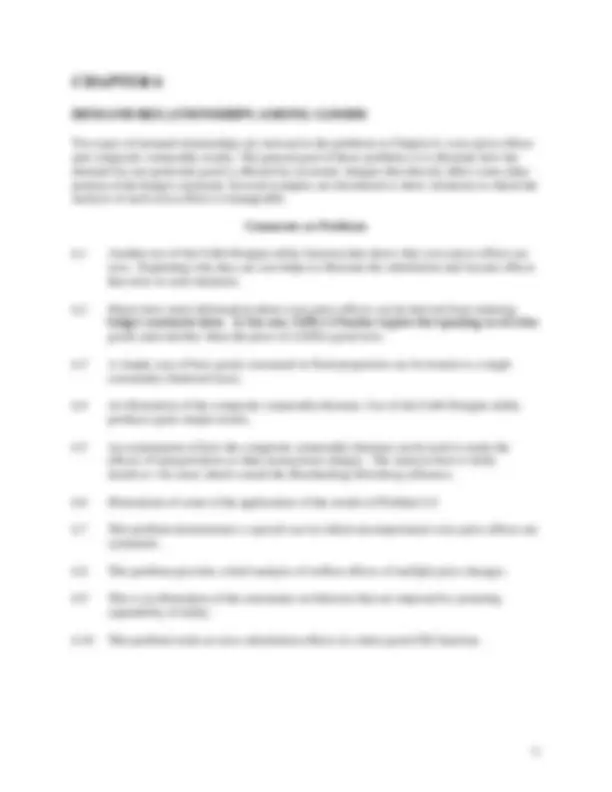
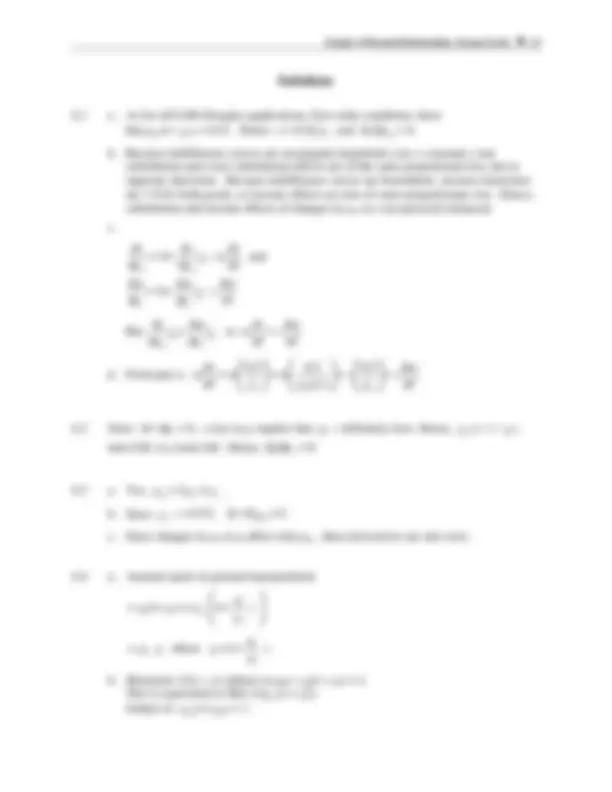
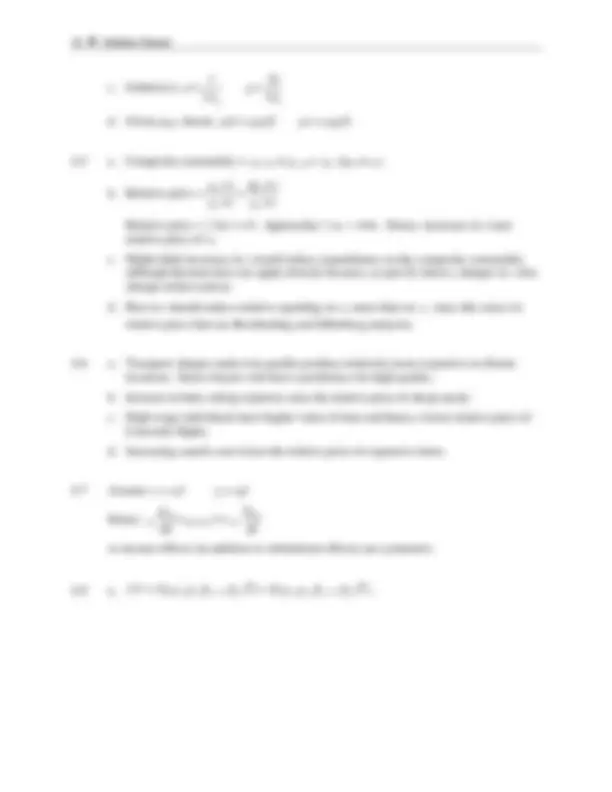
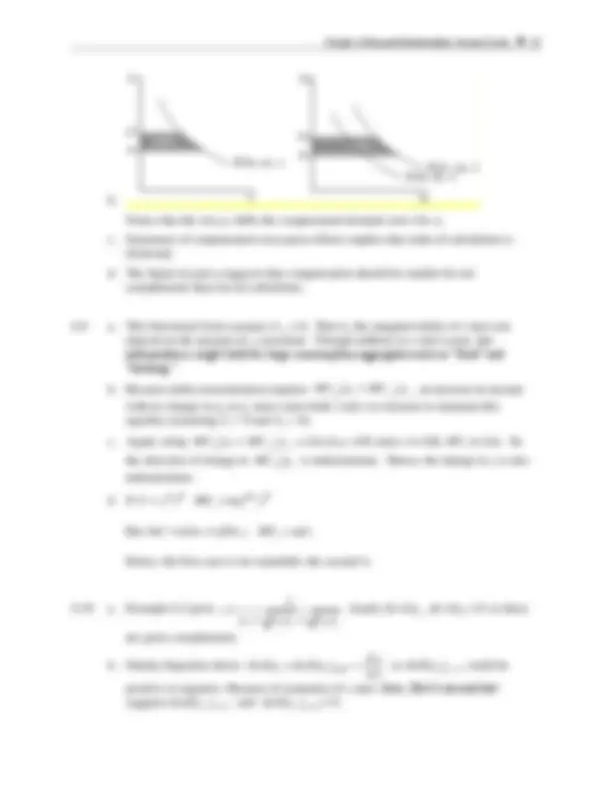

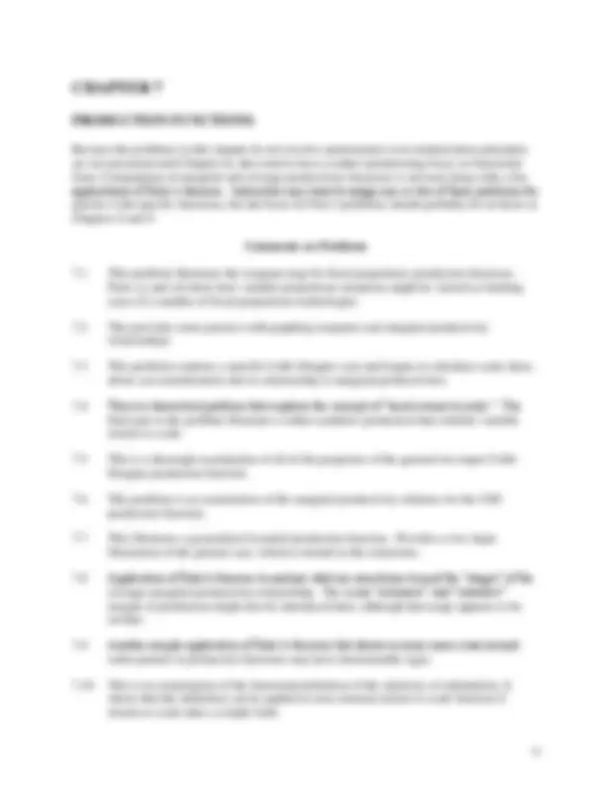
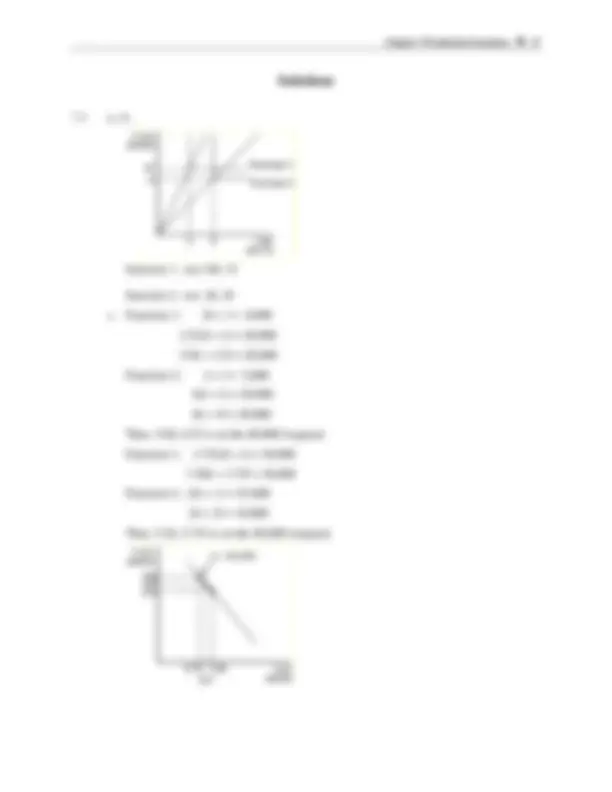
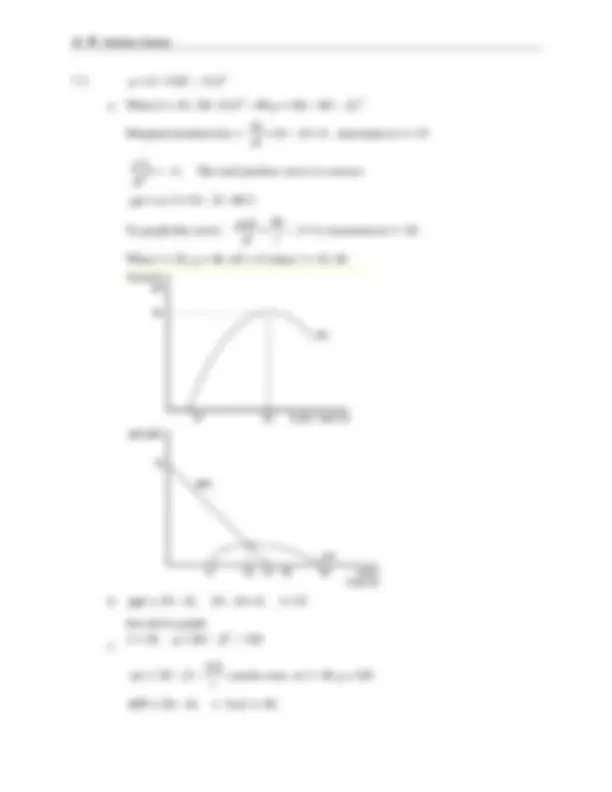

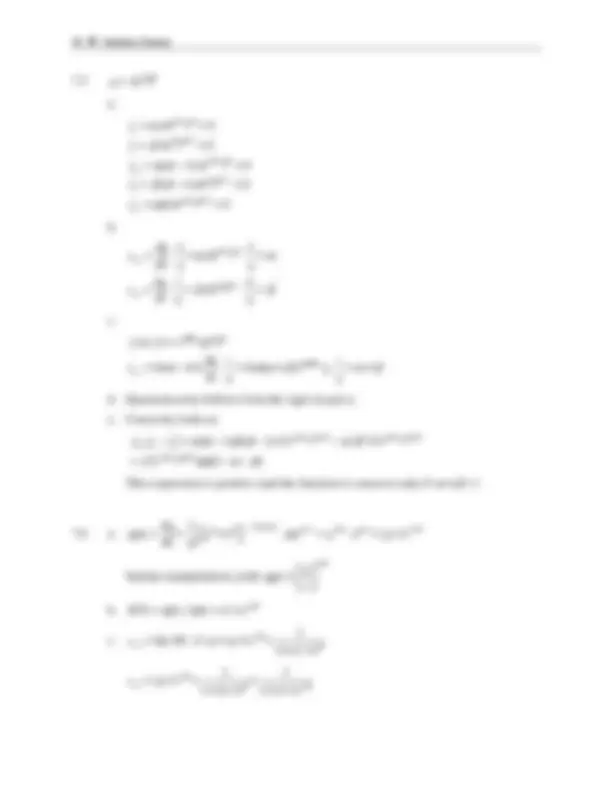
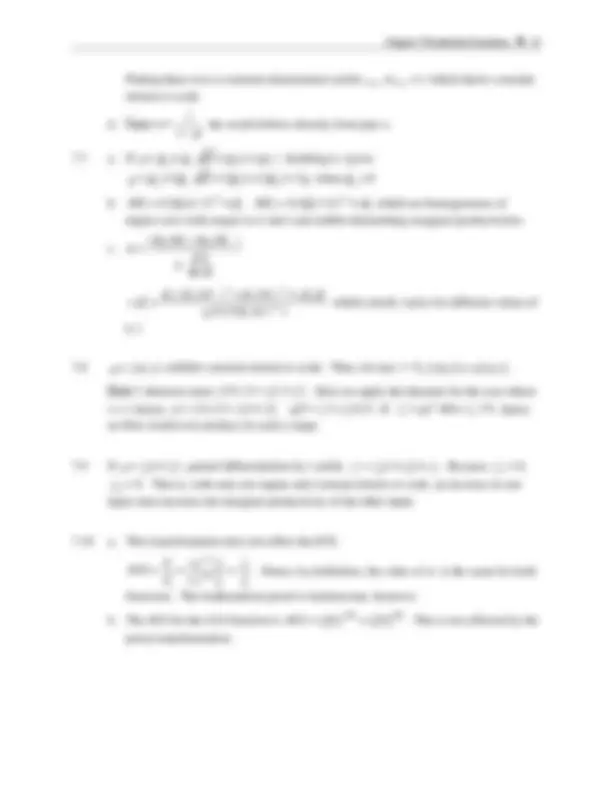
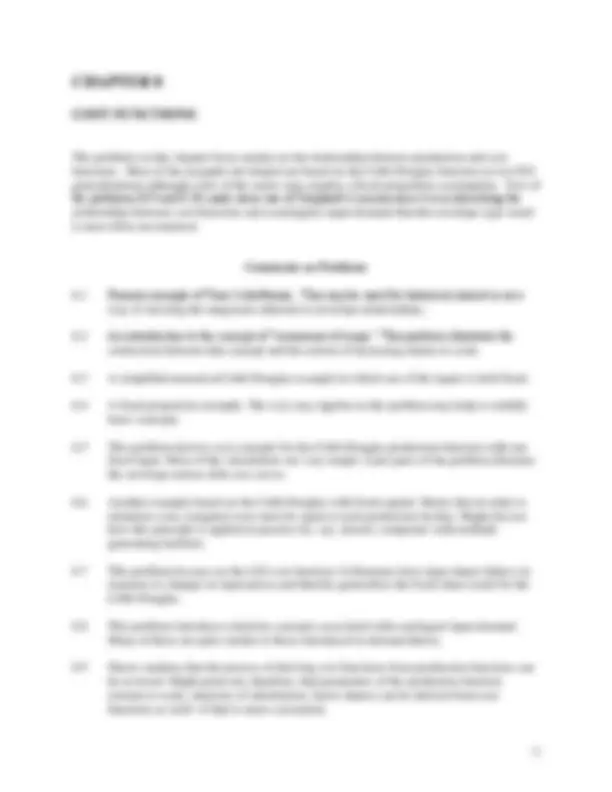
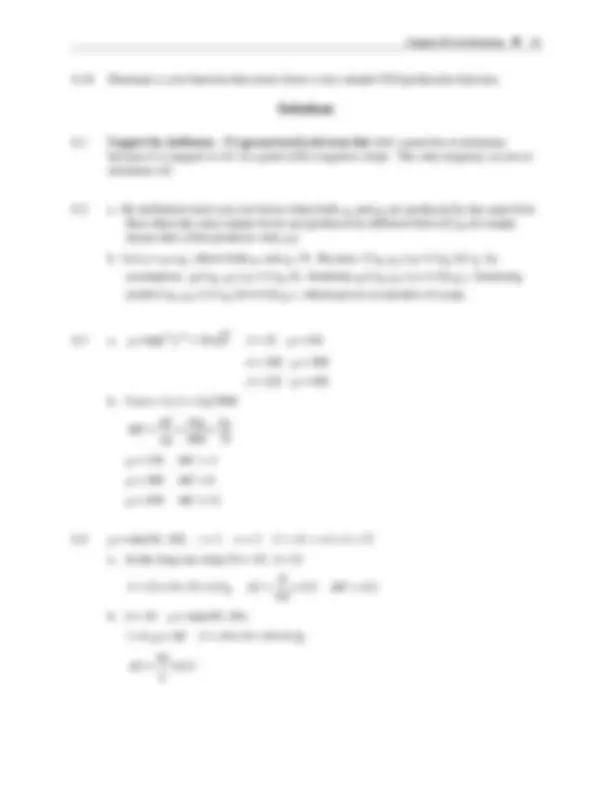
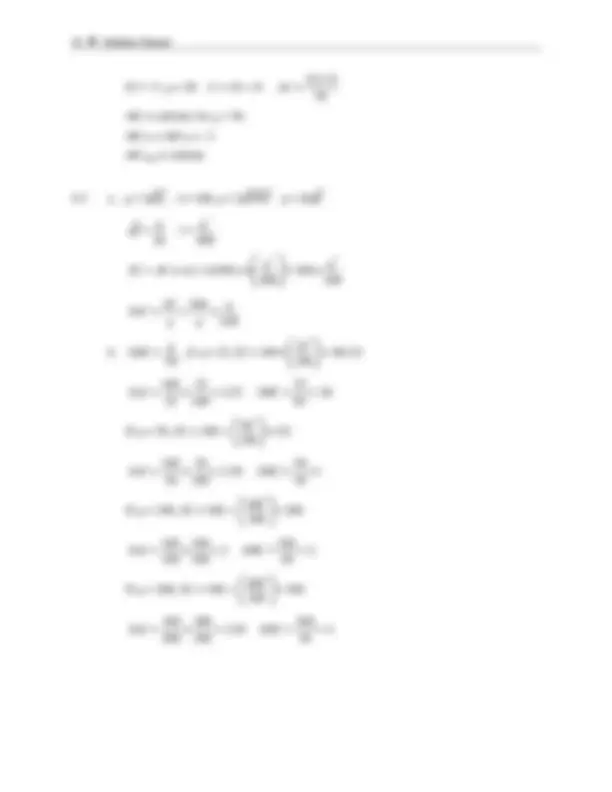
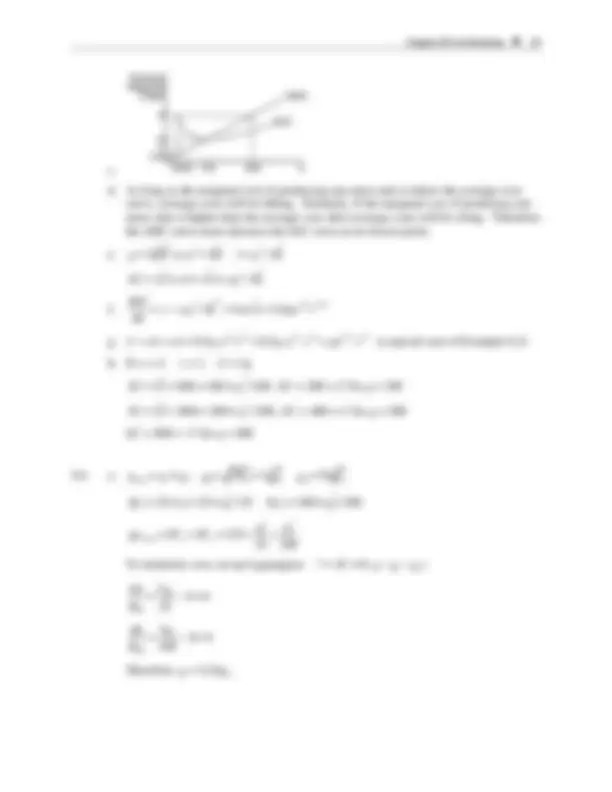
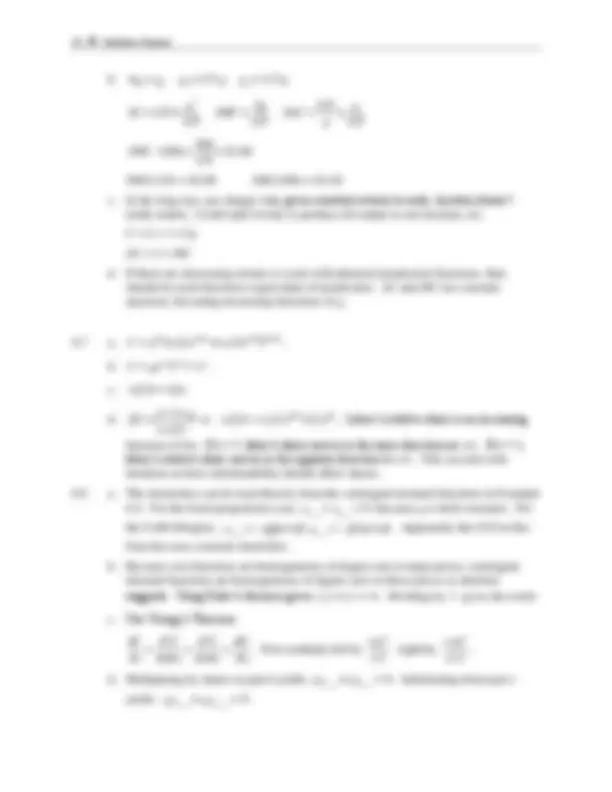
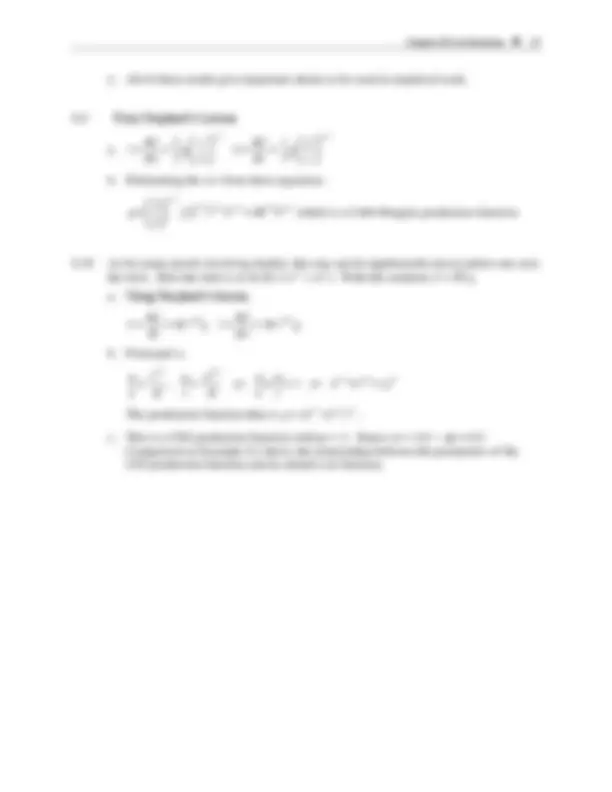

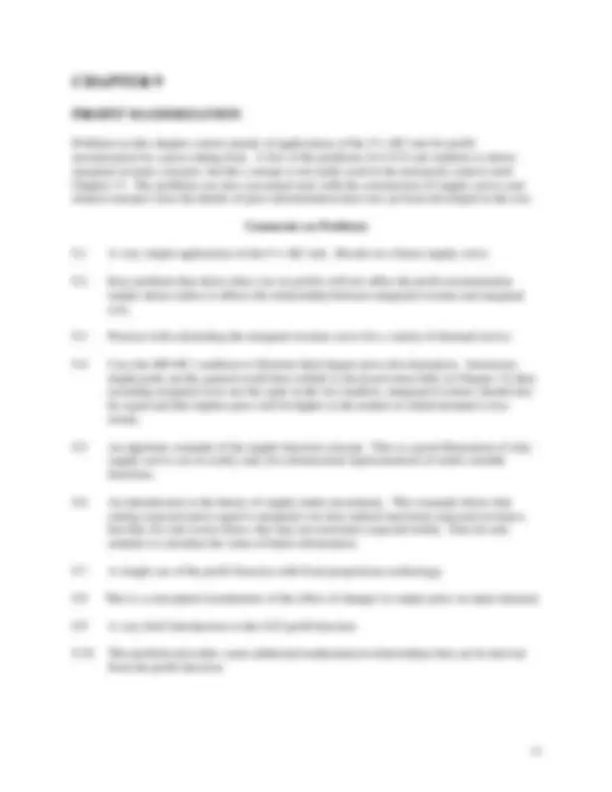
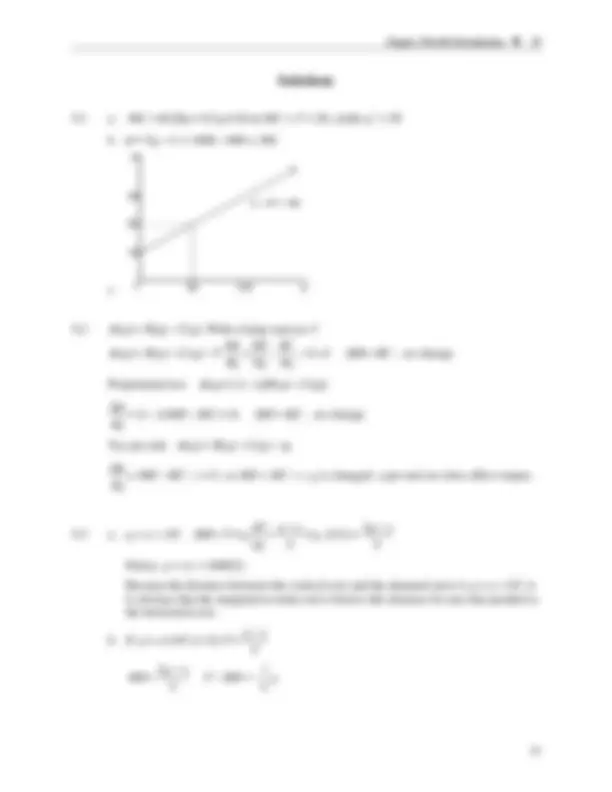
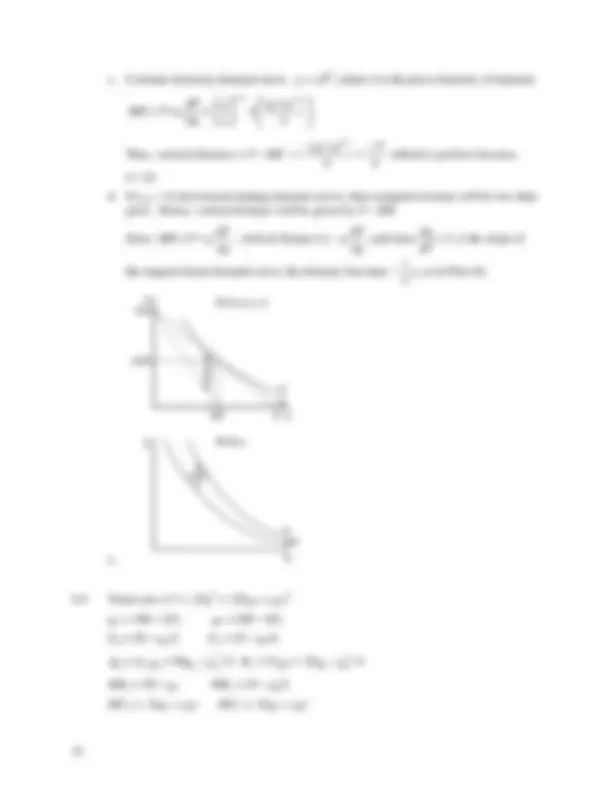
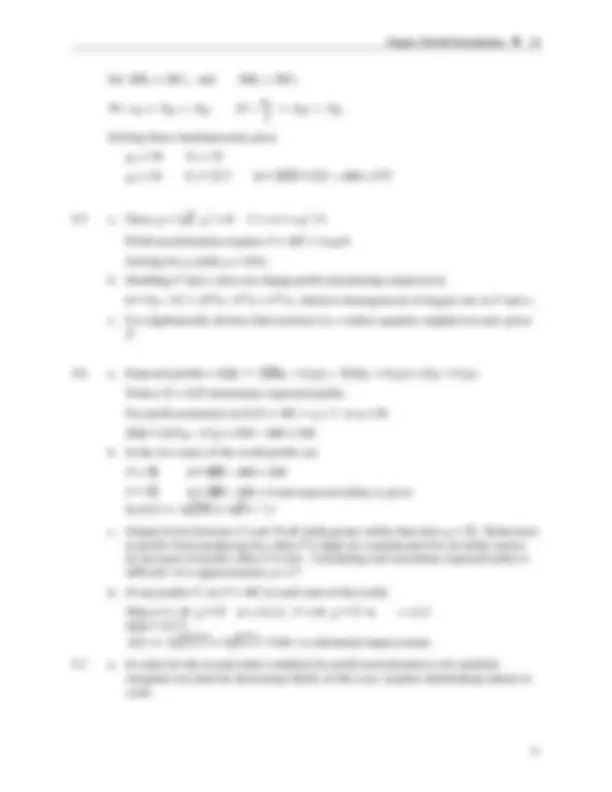
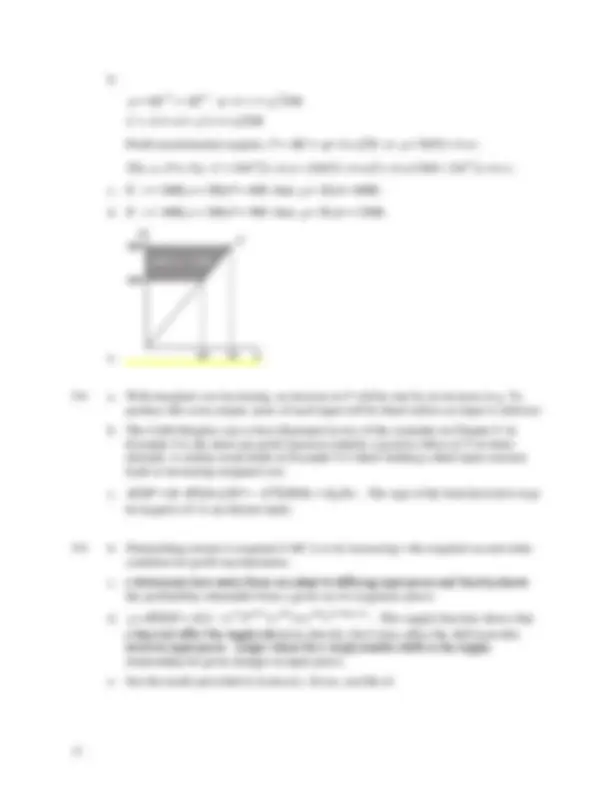
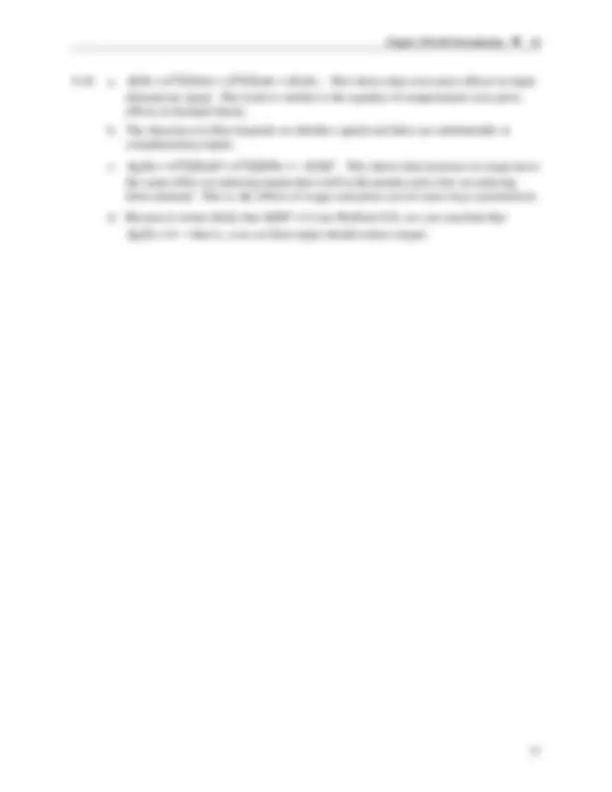
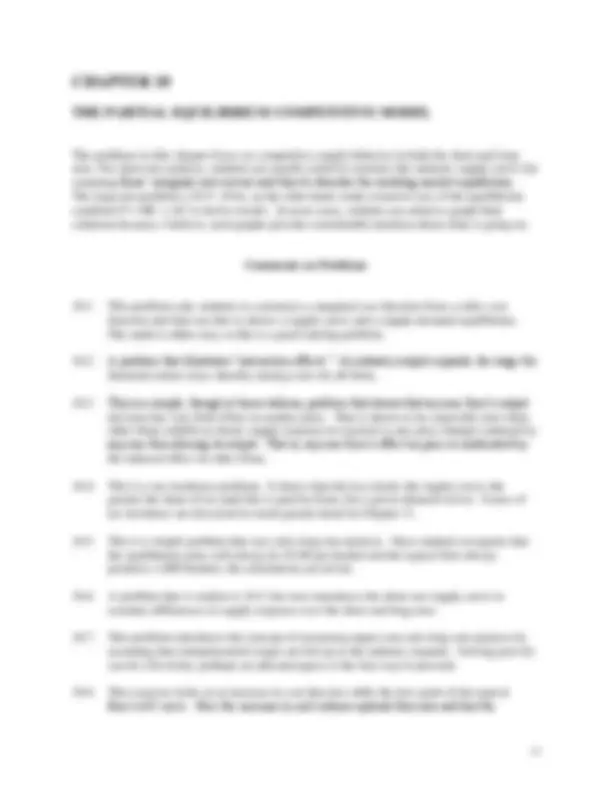
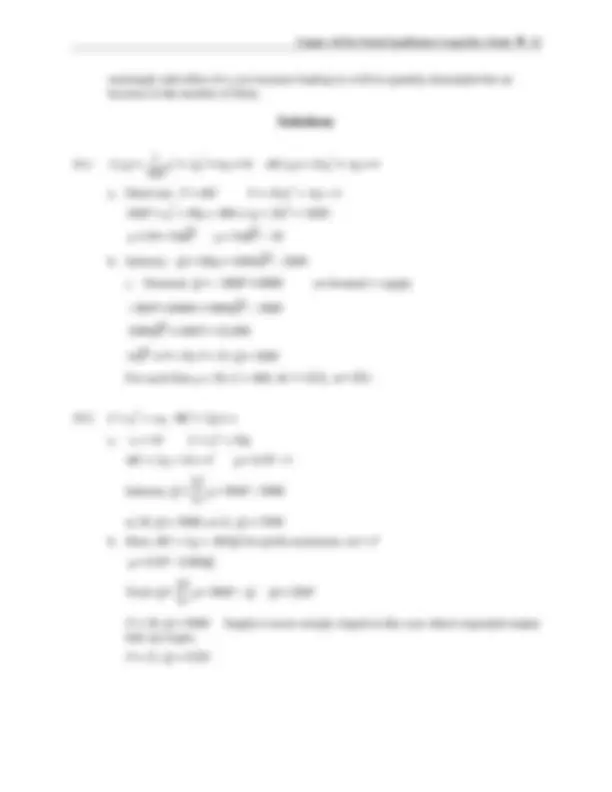
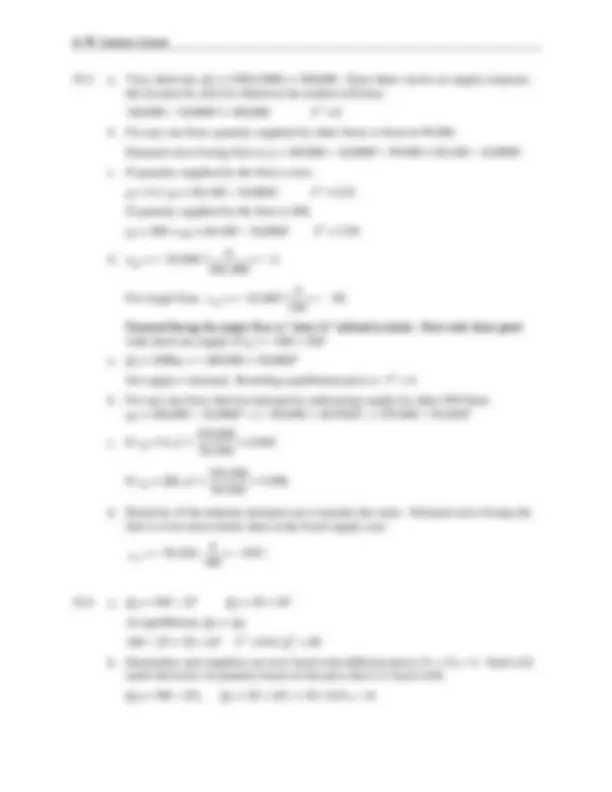
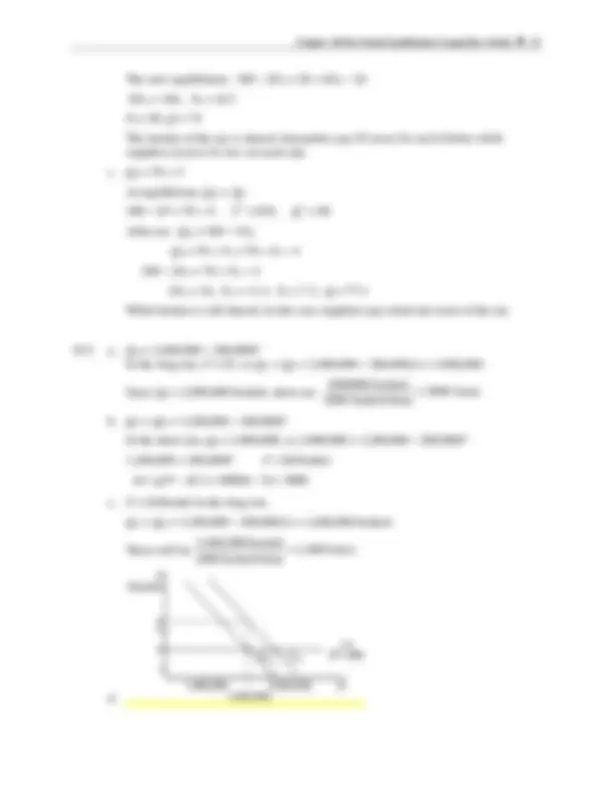
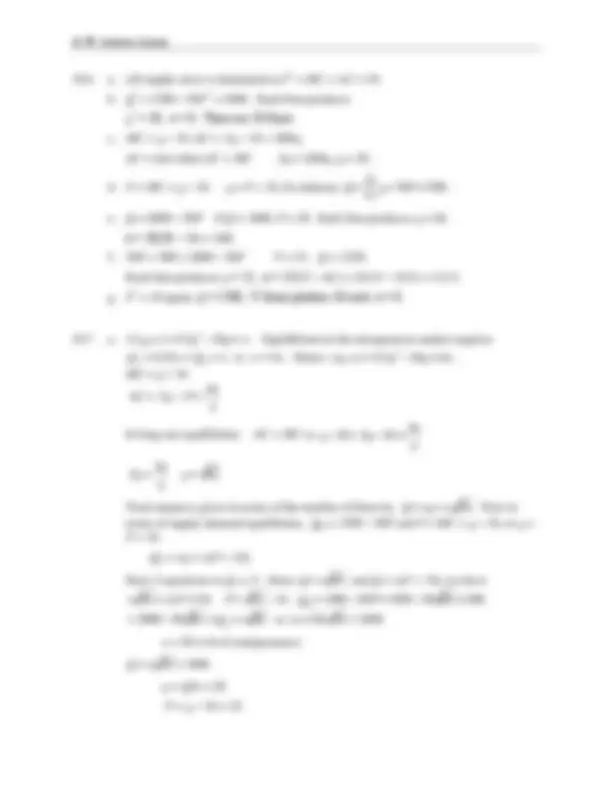
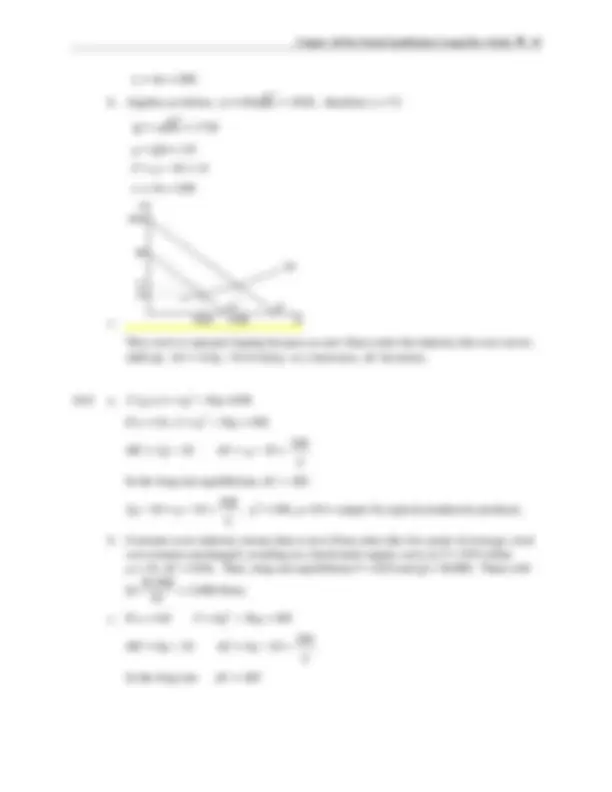
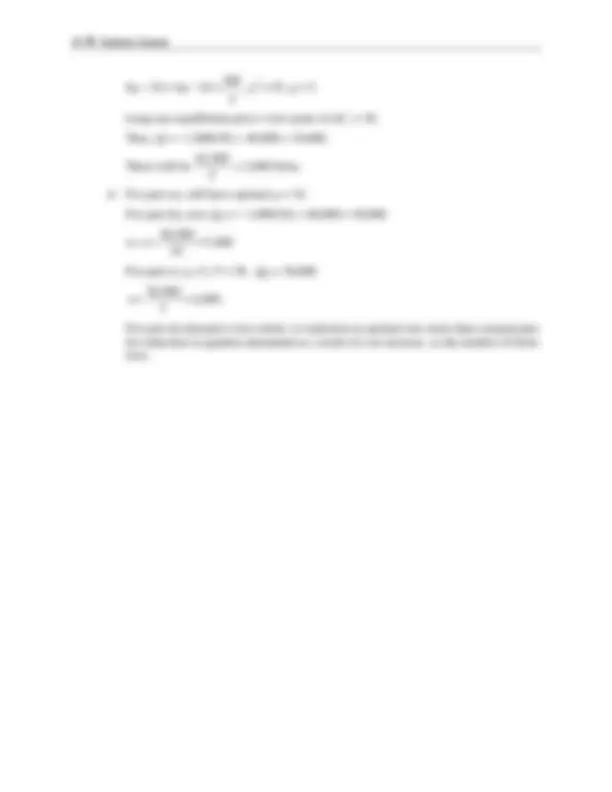

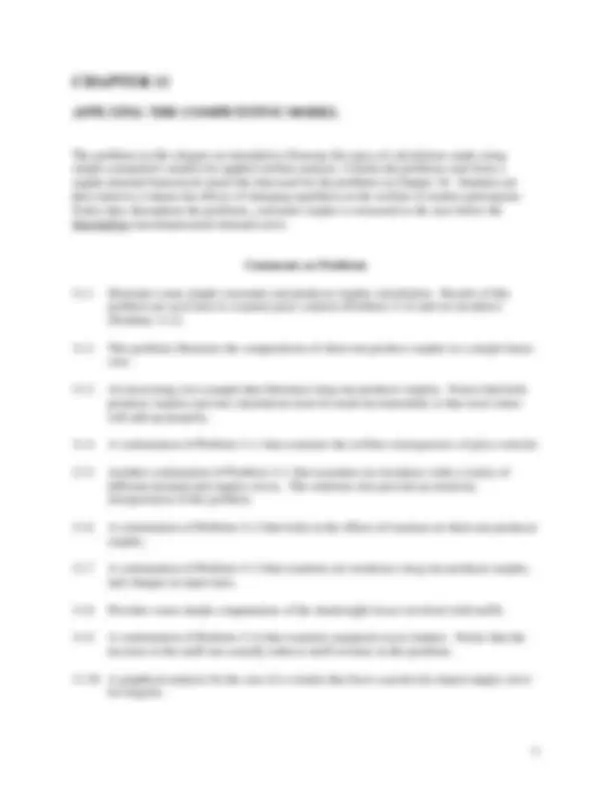
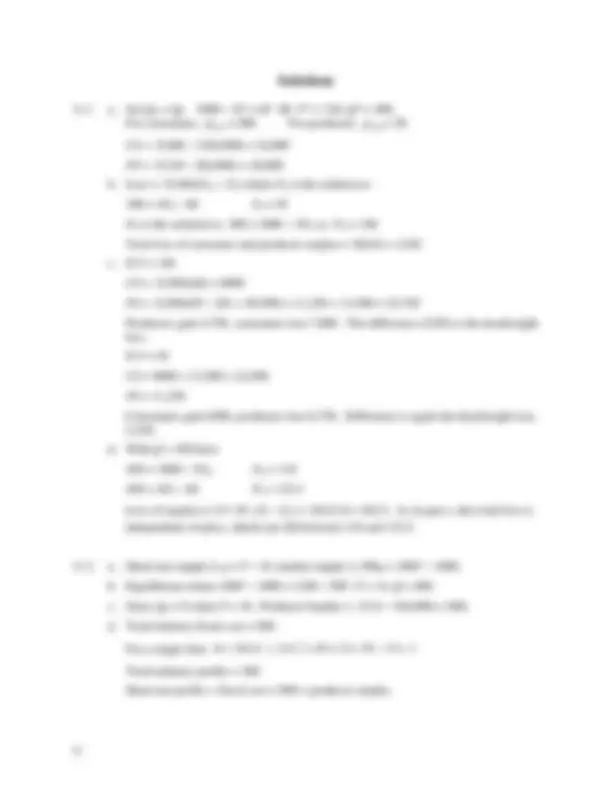
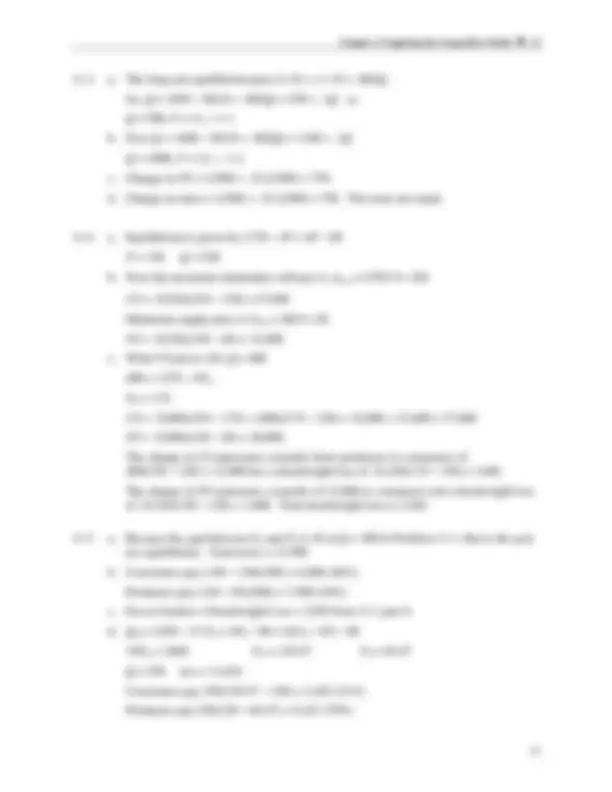
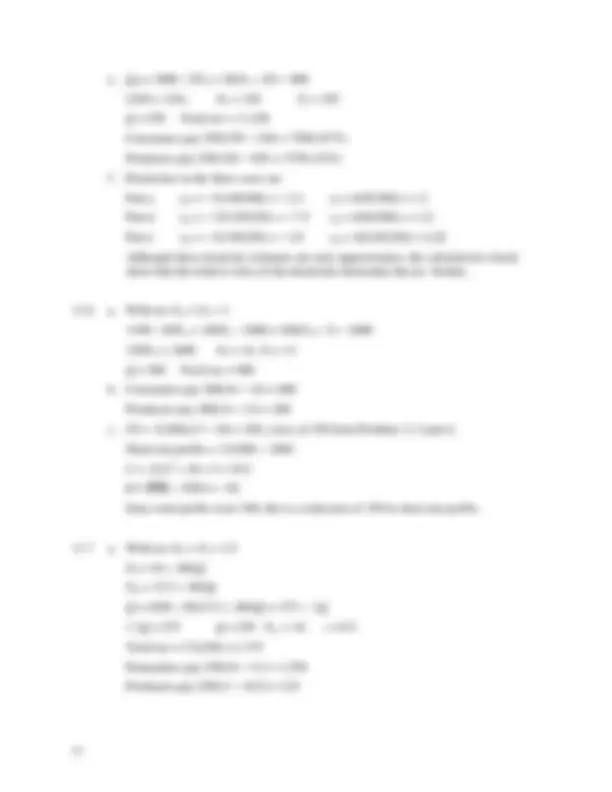
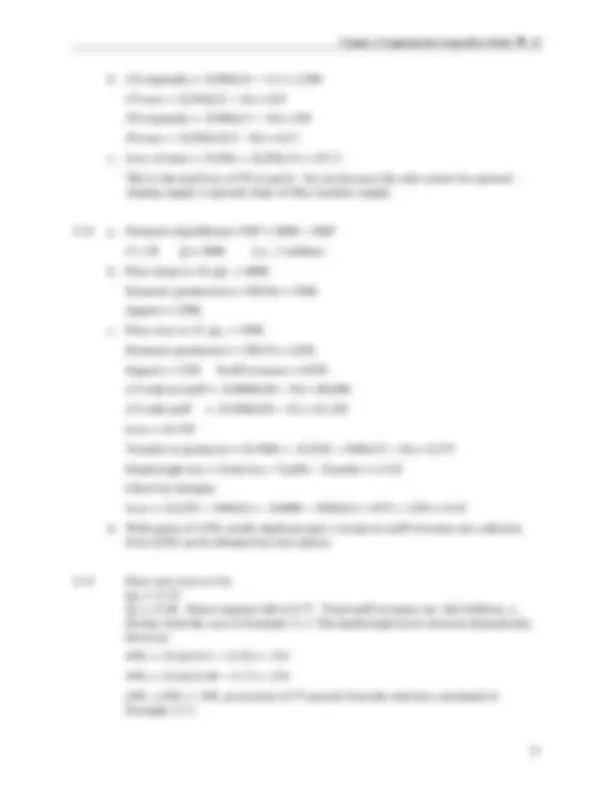
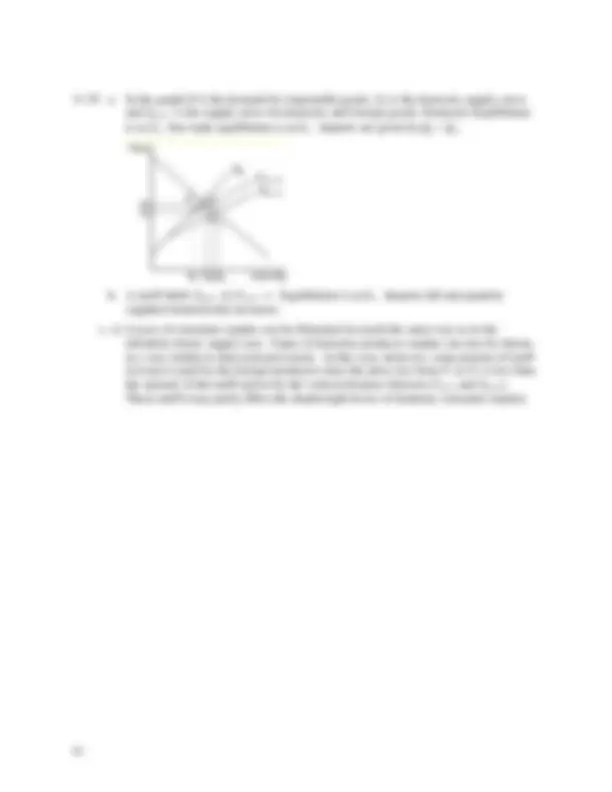
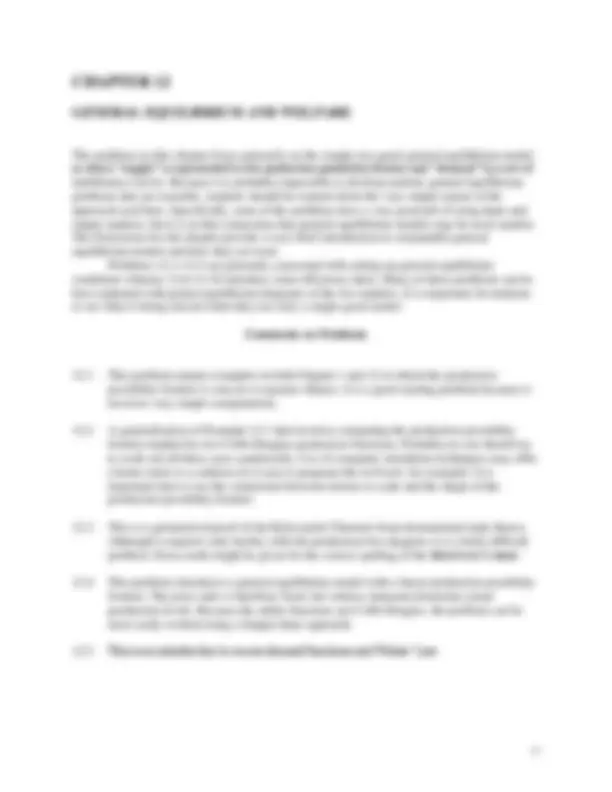
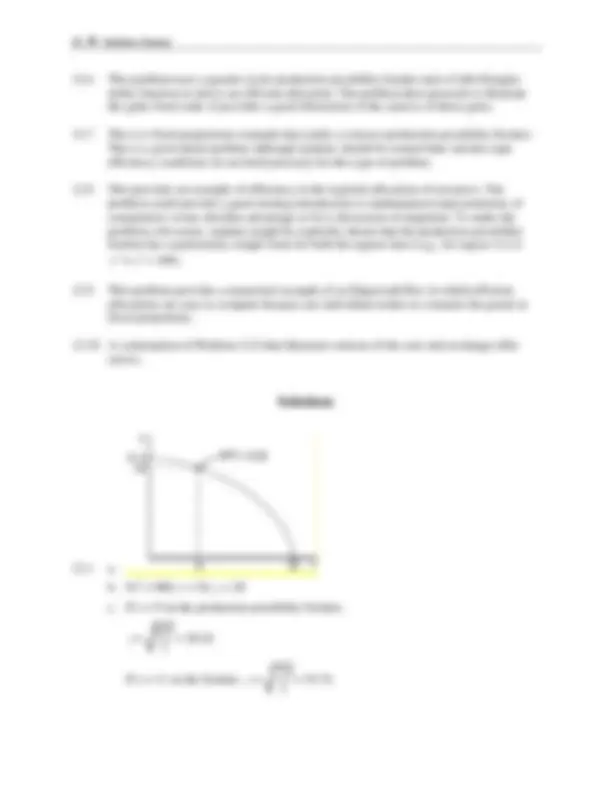
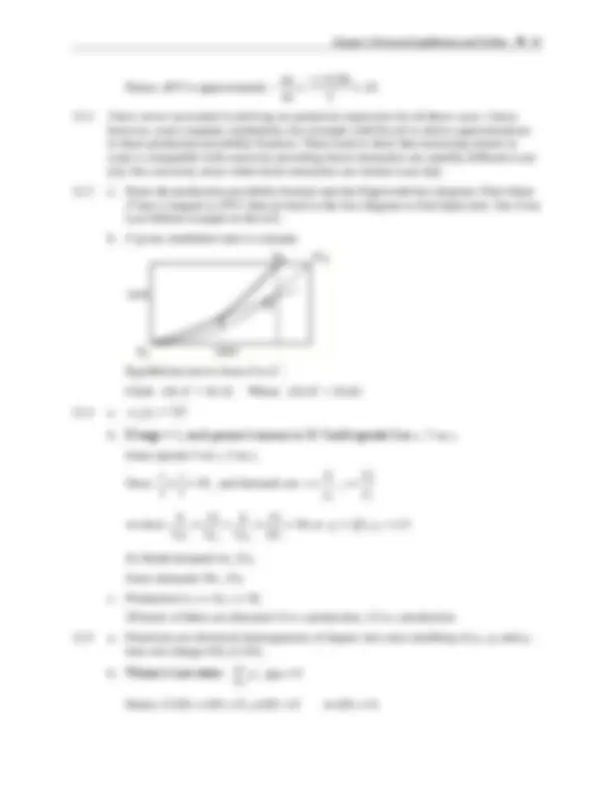
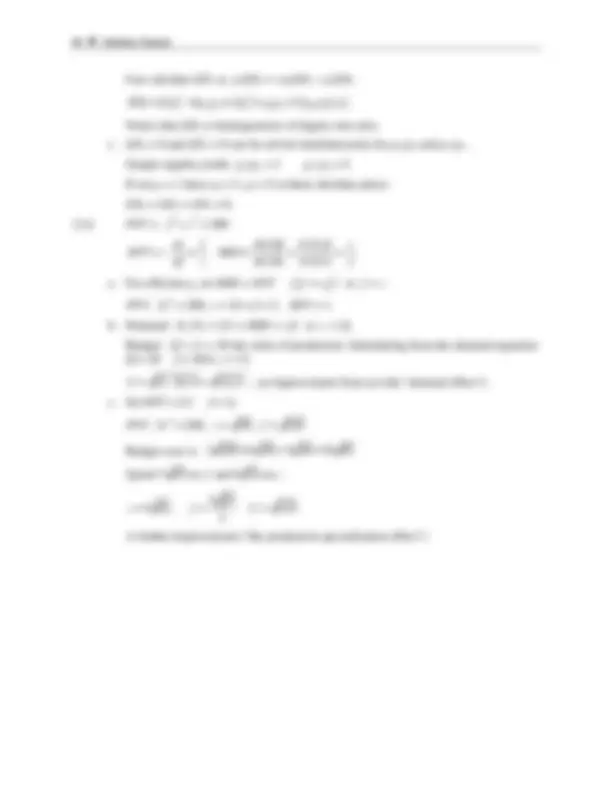
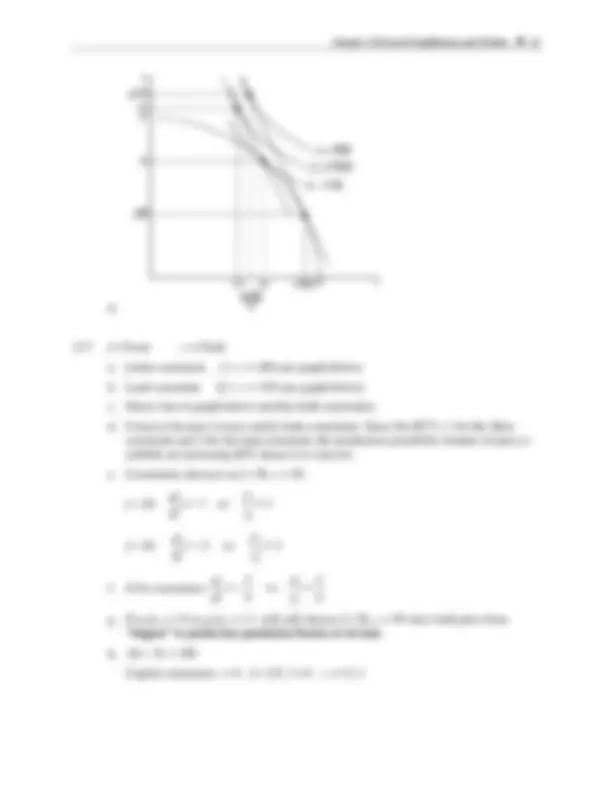
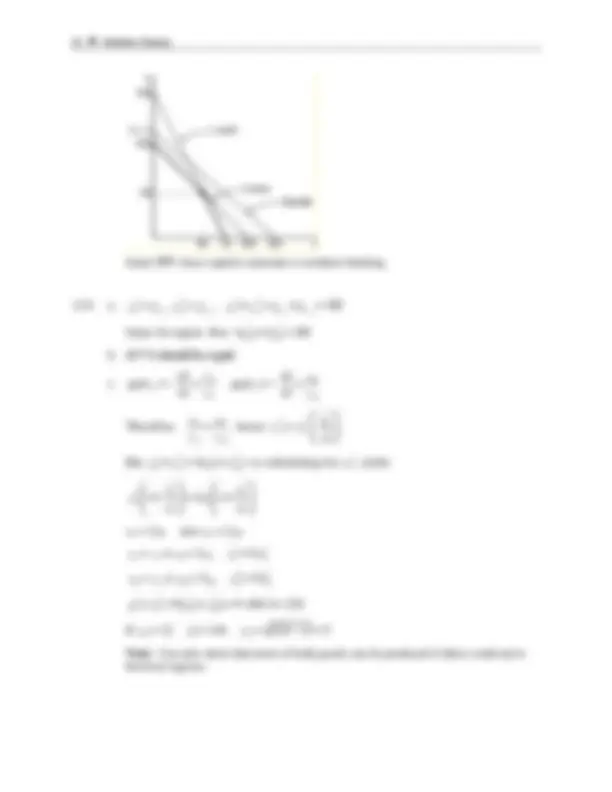
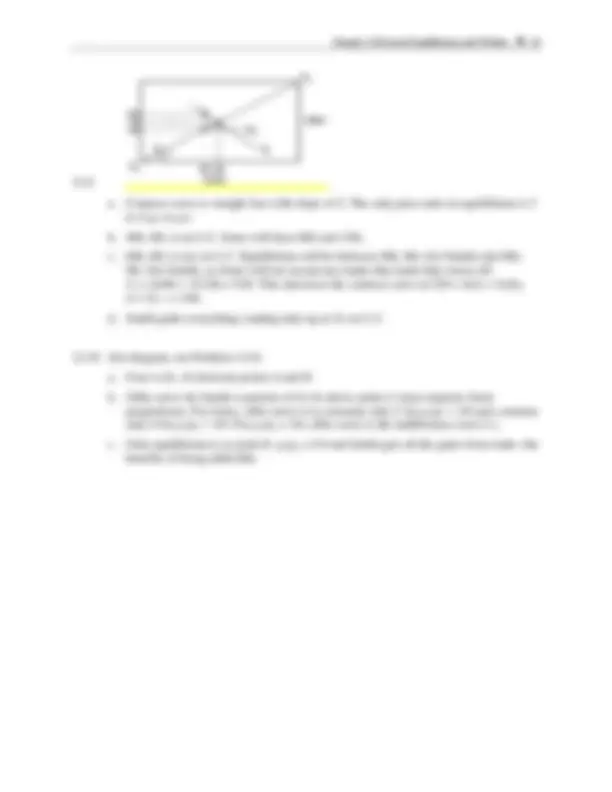

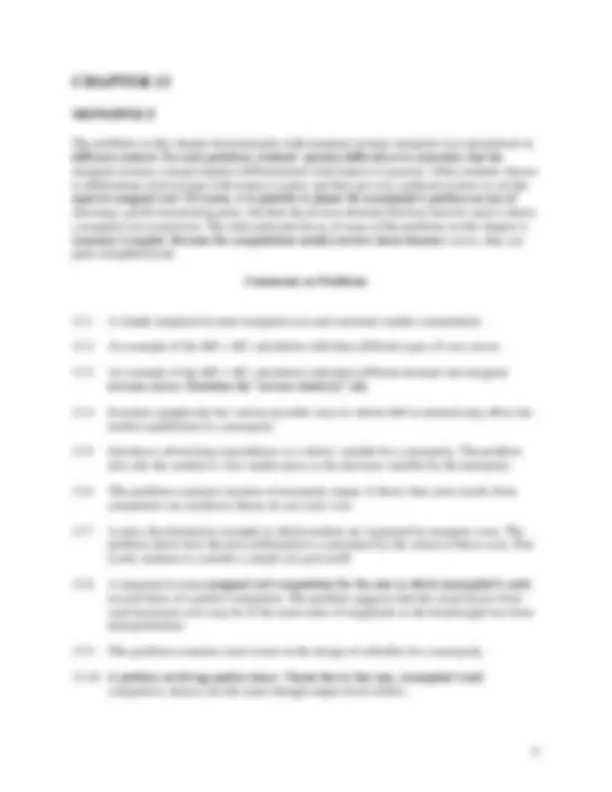
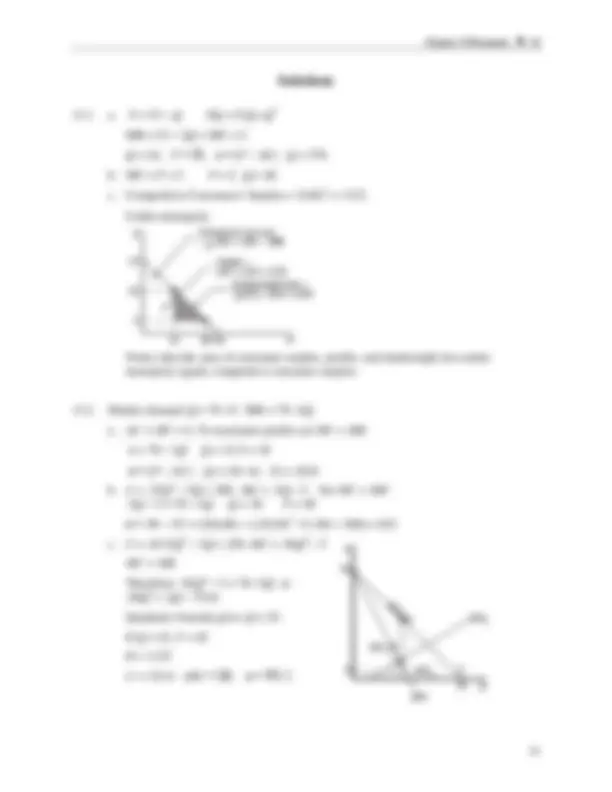
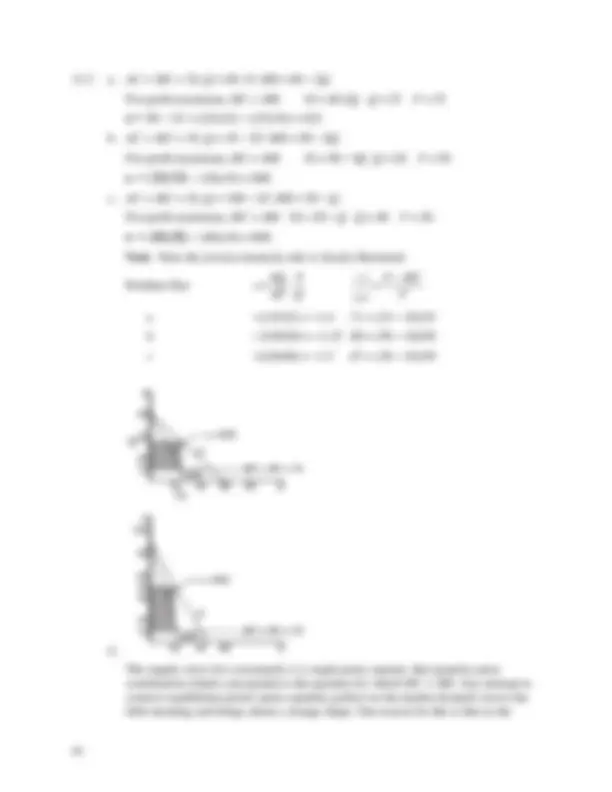
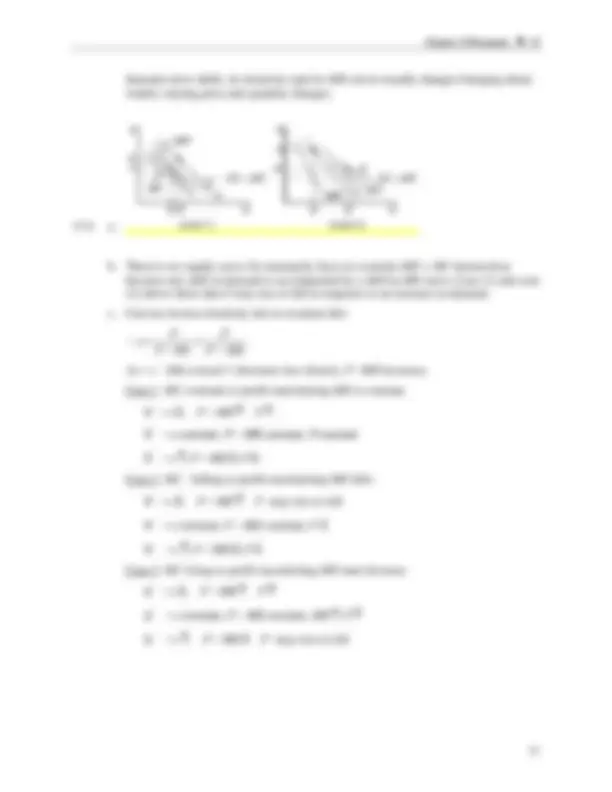
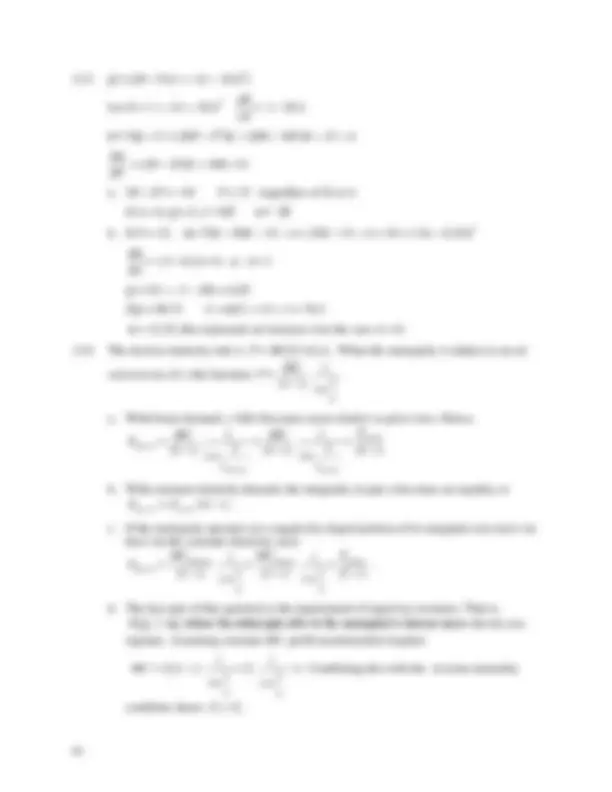
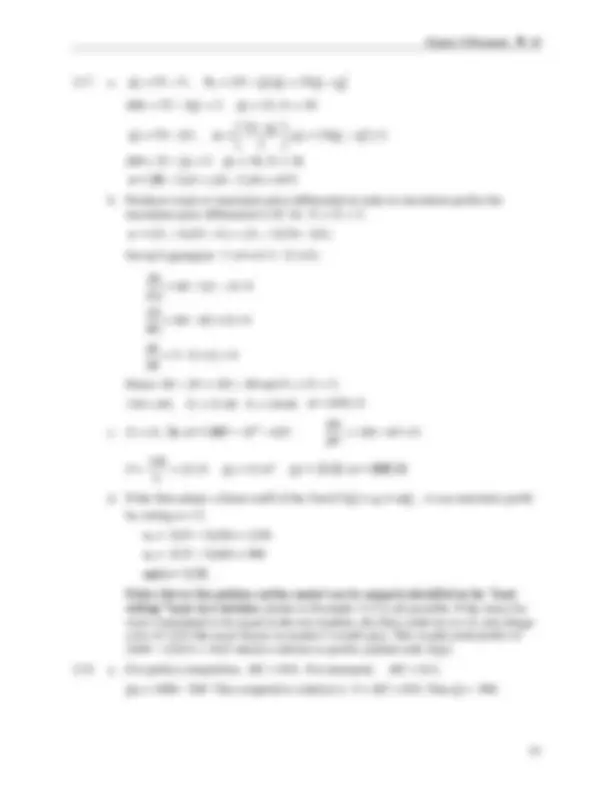
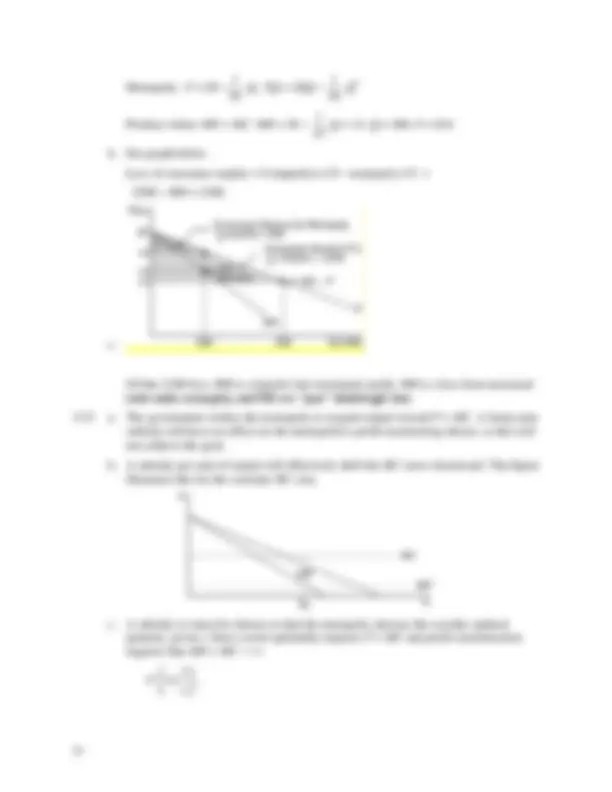
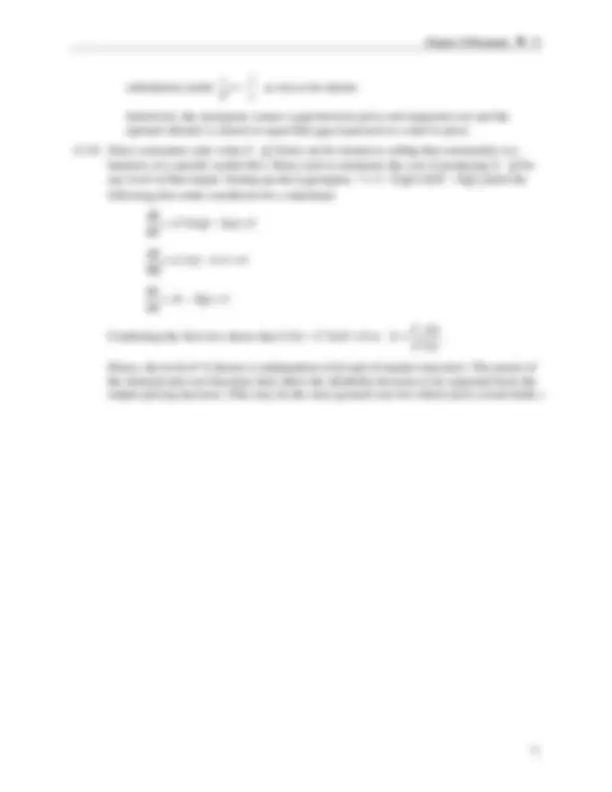
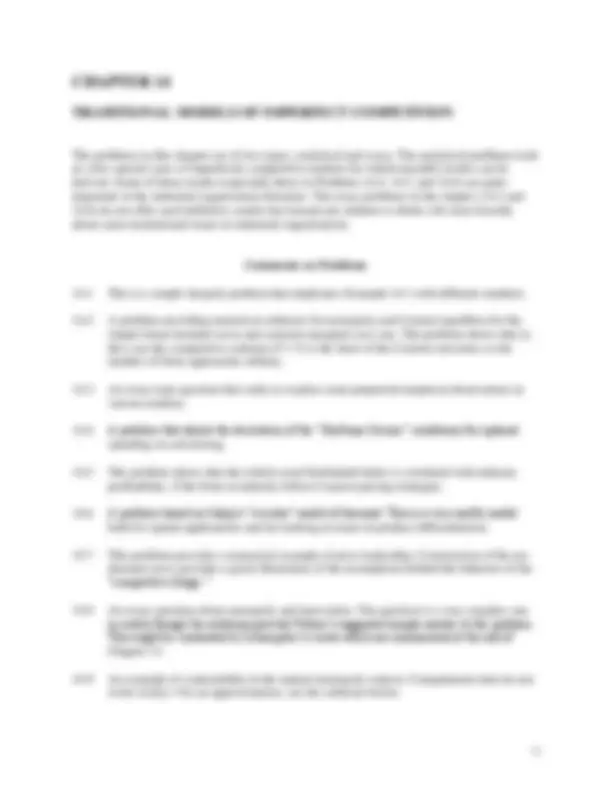
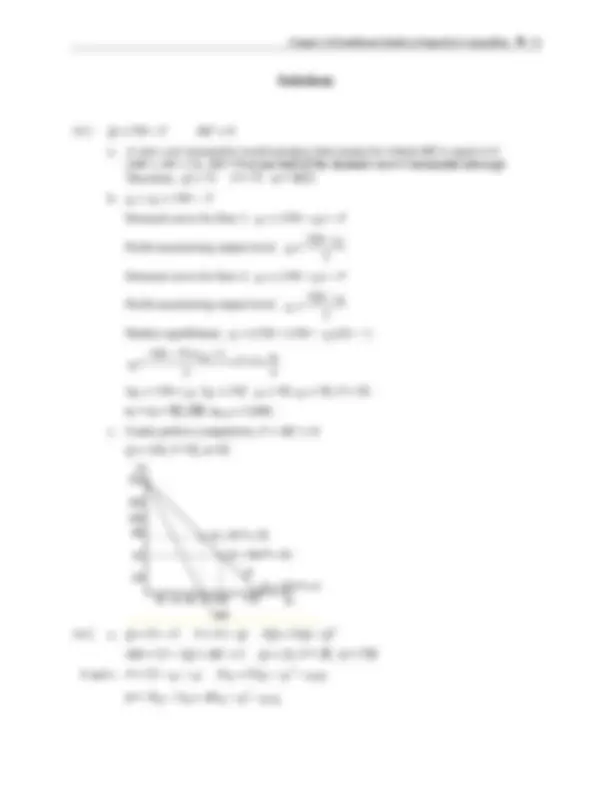
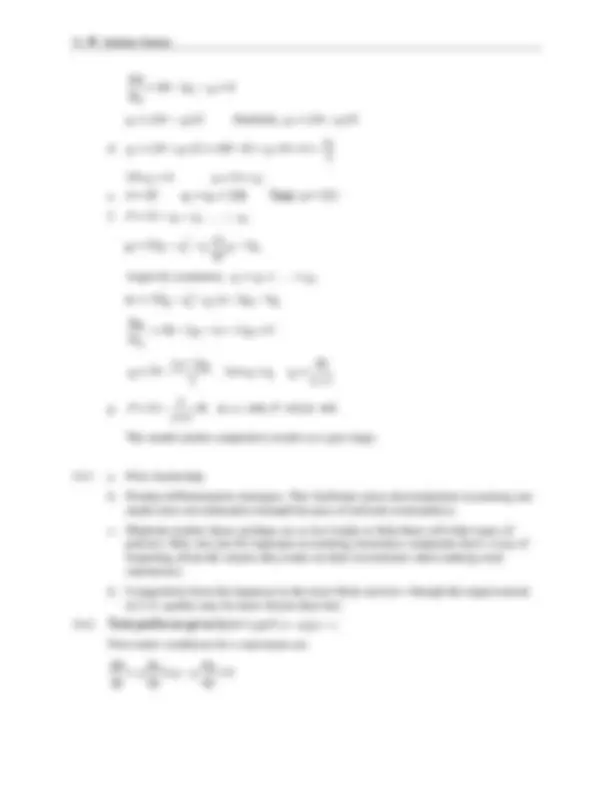
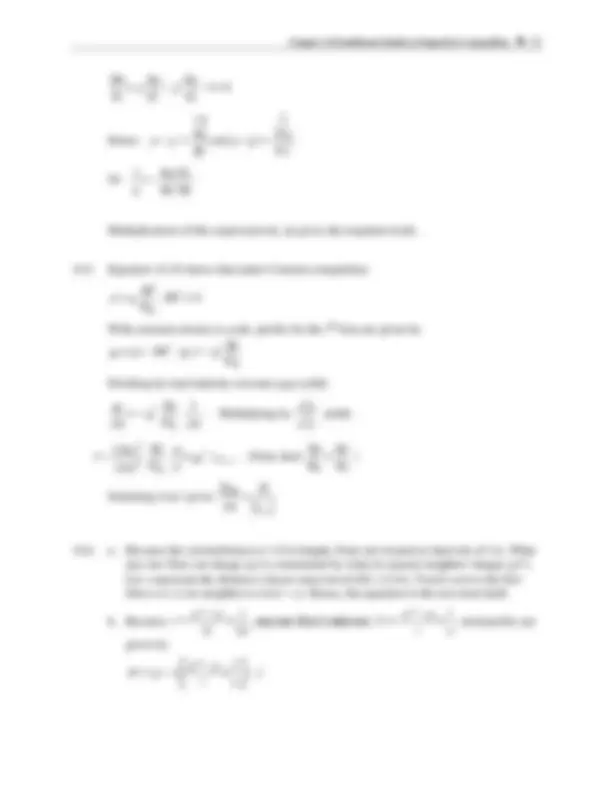
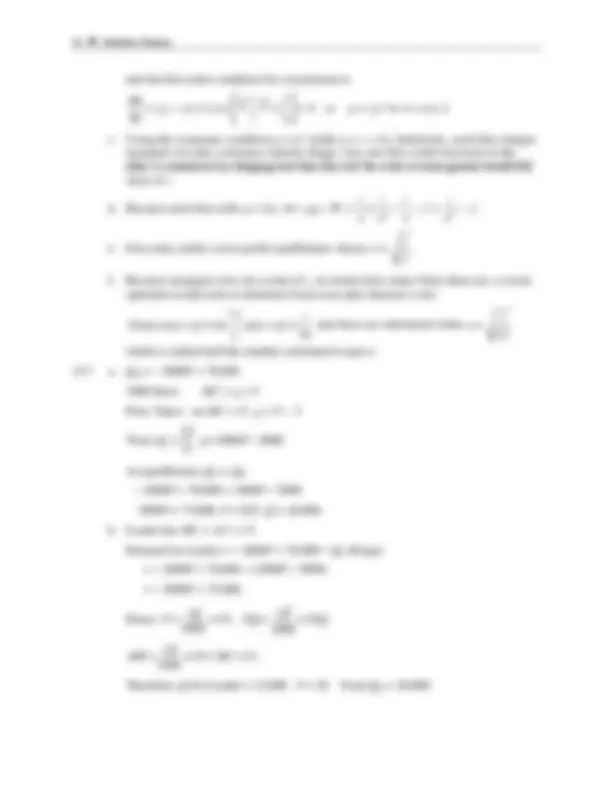
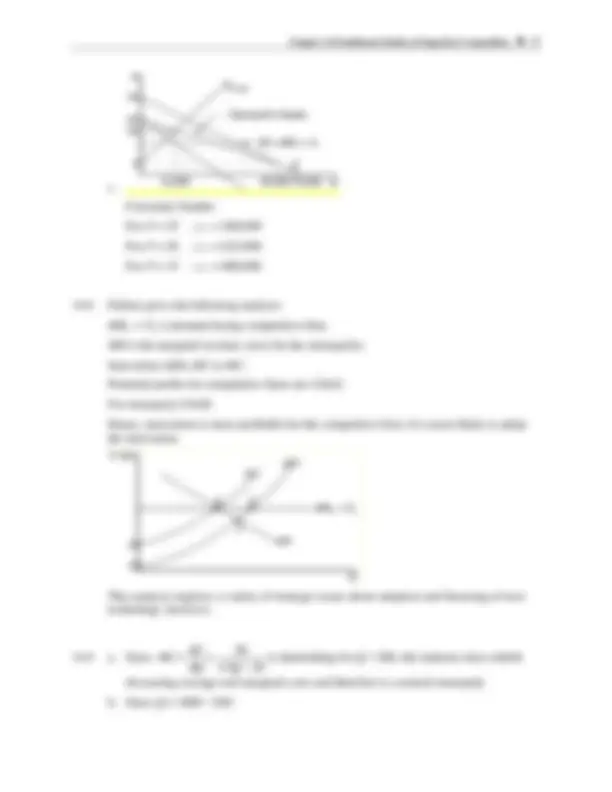
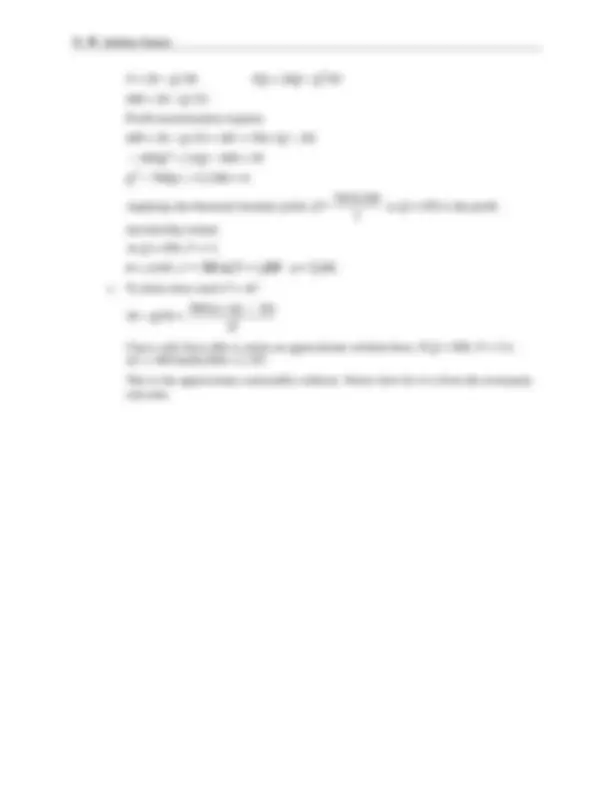

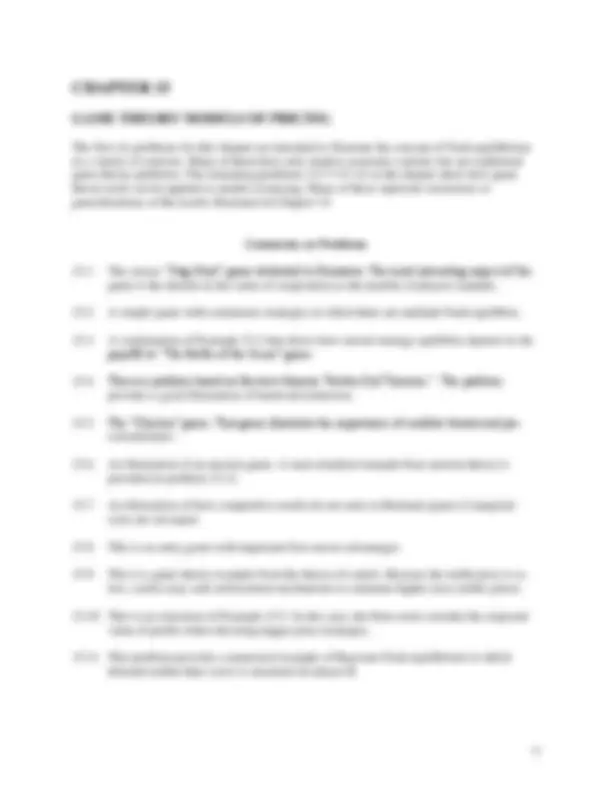
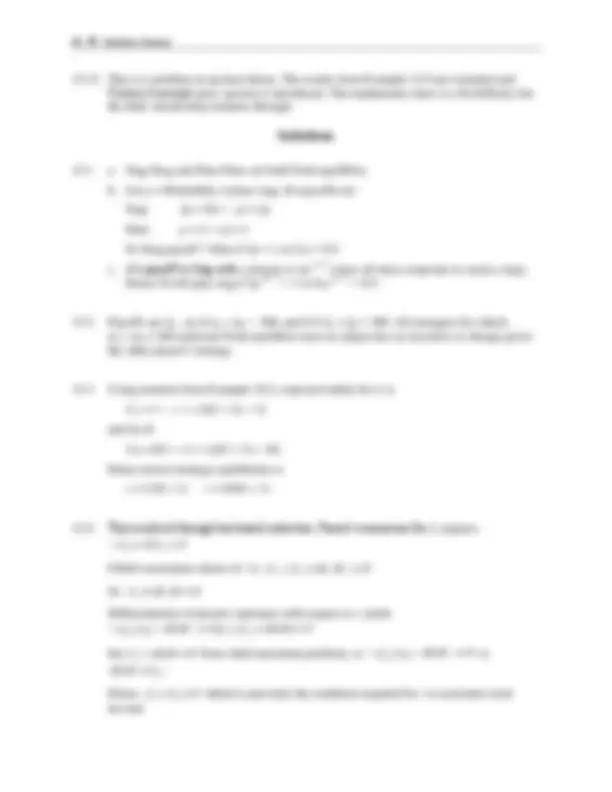
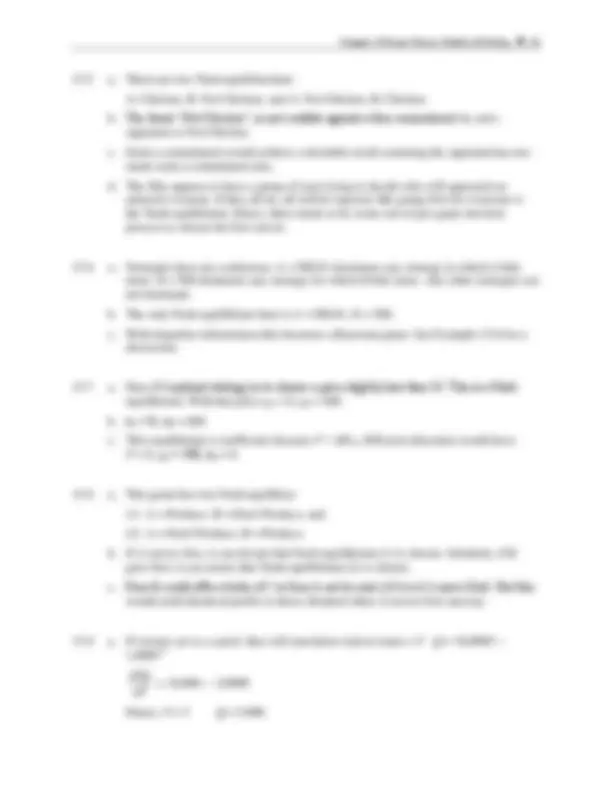
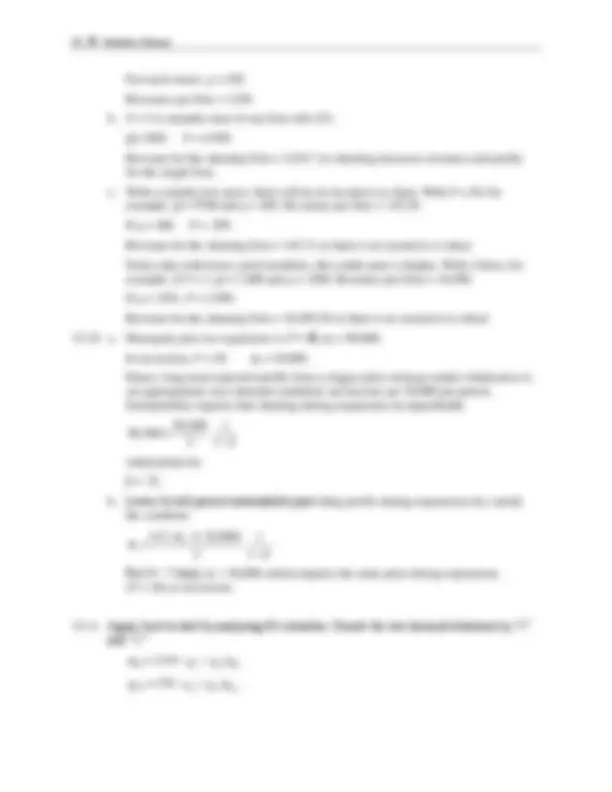
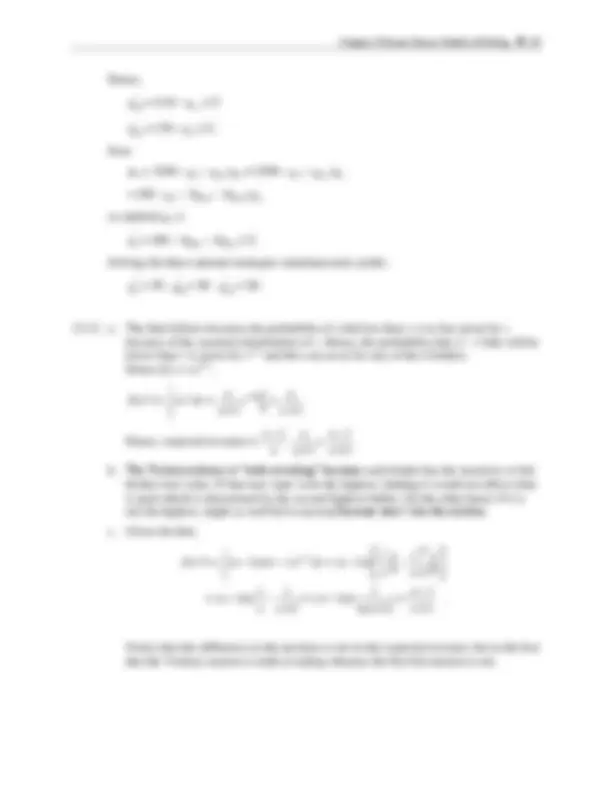
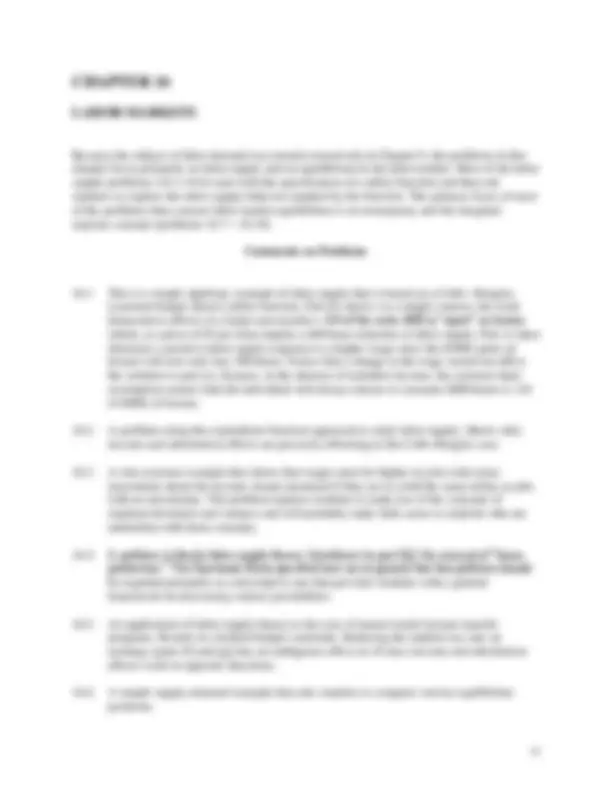
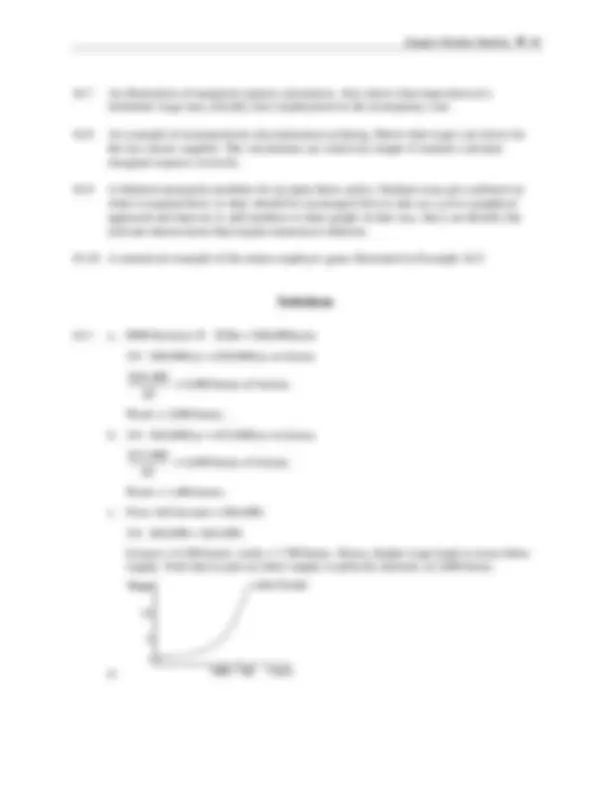
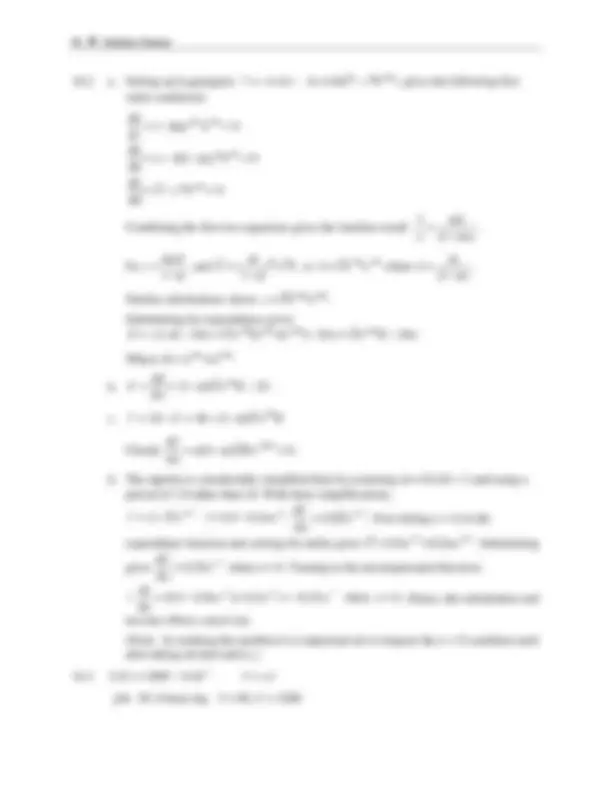
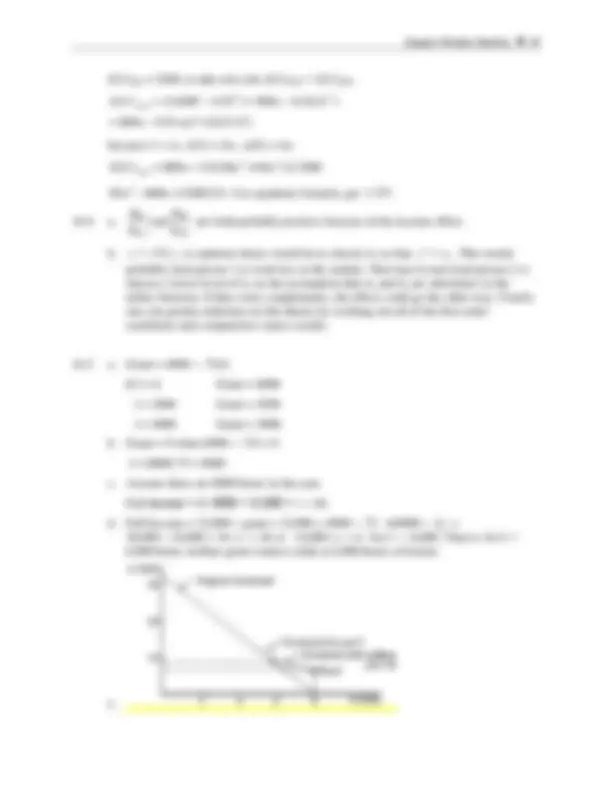
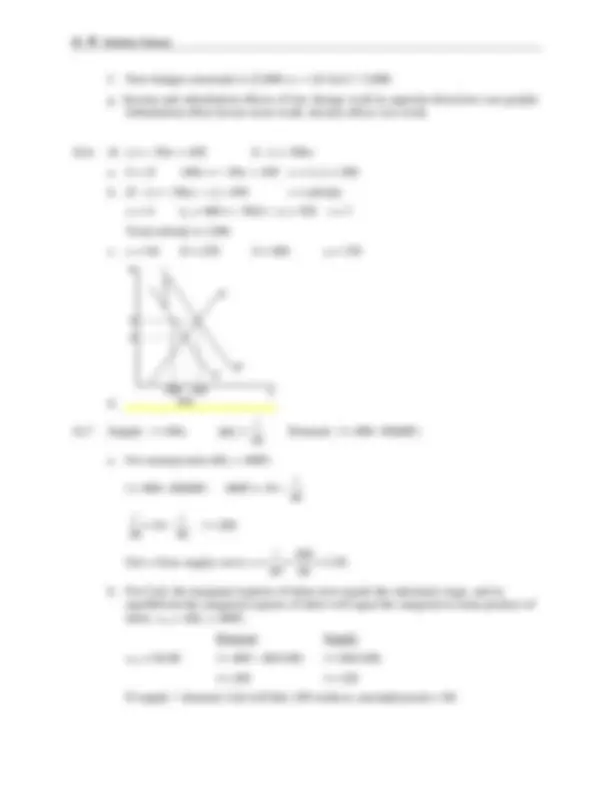
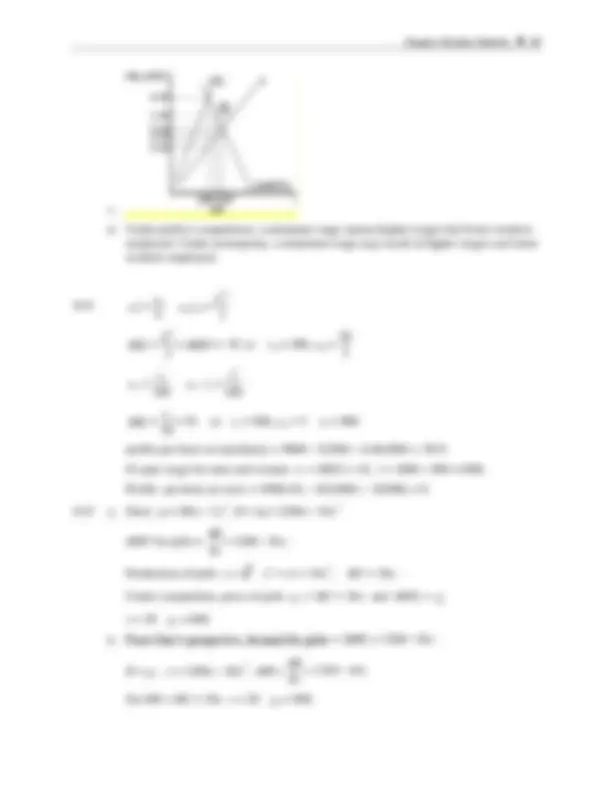


Prepara tus exámenes y mejora tus resultados gracias a la gran cantidad de recursos disponibles en Docsity

Gana puntos ayudando a otros estudiantes o consíguelos activando un Plan Premium


Prepara tus exámenes
Prepara tus exámenes y mejora tus resultados gracias a la gran cantidad de recursos disponibles en Docsity
Prepara tus exámenes con los documentos que comparten otros estudiantes como tú en Docsity
Los mejores documentos en venta realizados por estudiantes que han terminado sus estudios
Estudia con lecciones y exámenes resueltos basados en los programas académicos de las mejores universidades
Responde a preguntas de exámenes reales y pon a prueba tu preparación

Consigue puntos base para descargar
Gana puntos ayudando a otros estudiantes o consíguelos activando un Plan Premium
Comunidad
Pide ayuda a la comunidad y resuelve tus dudas de estudio
Descubre las mejores universidades de tu país según los usuarios de Docsity
Ebooks gratuitos
Descarga nuestras guías gratuitas sobre técnicas de estudio, métodos para controlar la ansiedad y consejos para la tesis preparadas por los tutores de Docsity
libro echo con la esperanza que se utiliza para la formacion academica bla bbla bla
Tipo: Resúmenes
1 / 132

Esta página no es visible en la vista previa
¡No te pierdas las partes importantes!





























































































1
The problems in this chapter are primarily mathematical. They are intended to give students some practice with taking derivatives and using the Lagrangian techniques, but the problems in themselves offer few economic insights. Consequently, no commentary is provided. All of the problems are relatively simple and instructors might choose from among them on the basis of how they wish to approach the teaching of the optimization methods in class.
2.1 U x y ( , ) 4 x^2 3 y^2
a. (^8 )
= x , = y x y b. 8, 12
c. 8 6
dU dx + dy = x dx + y dy x y
d. for^ ^0 8 ^6 ^0
dy dU x dx y dy dx 8 4 6 3
dy x x = = dx y y e. x 1, y 2 U 4 1 3 4 16
f.
dy dx g. U = 16 contour line is an ellipse centered at the origin. With equation
4 x^2 3 y^2 16 , slope of the line at ( x, y ) is 4 3
dy x dx y
dq
b.
2 2 4
d dq
so profits are maximized
c. (^) 70 2 dR MR q dq
2 Solutions Manual
dC MC q dq so q * = 10 obeys MR = MC = 50.
2.3 Substitution: y 1 x so f xy x x^2
1 2 0
f x x x = 0.5 , y = 0.5, f = 0.
Note: f 2 0. This is a local and global maximum.
= y = 0 x
= x = 0 y
so, x = y. using the constraint gives x y 0.5, xy 0.
y x
x y So, x = y. Using the constraint gives xy x^2^ 0.25, x y 0.5.
2.5 a. f t ( ) 0.5 gt^2 40 t
df (^) g t 40 0, t * (^) 40 dt g
b. Substituting for t* , f t ( *^ ) 0.5 g (40 g ) 2 40(40 g ) 800 g.
( ) (^) 800 2
f t g g
c. *^2
f t g
depends on g because t *^ depends on g.
so *^2
f t g g (^) g
4 Solutions Manual
2.9 a. f 1 (^) (^) x 1 (^) ^1 x 2 0. 1 2 1 2 0 f (^) x x^ .
2 11 (^ 1)^1 1 0. f (^) x x^
2 22 (^ 1)^1 2 0. f (^) x x^
1 1 12 21 1 2 0. f f ^ x x
Clearly, all the terms in Equation 2.114 are negative. b. If y c x 1 (^) x 2 1/ / 2 1 x^ c ^ x ^ ^ since α, β > 0,^ x 2 is a convex function of^ x 1. c. Using equation 2.98, (^2 2 2 2 2 2 22 22 ) 11 22 12 (^ 1) (^ ) (^ 1)^1 2
f f f ^ ^ x x x x
2.10 a. Since y 0, y 0 , the function is concave.
b. Because f 11 (^) , f 22 0 , and f 12 (^) f 21 (^) 0 , Equation 2.98 is satisfied and the function is concave. c. y is quasi-concave as is y^ . But y^ is not concave for Ȗ > 1. All of these results can be shown by applying the various definitions to the partial derivatives of y.
5
These problems provide some practice in examining utility functions by looking at indifference curve maps. The primary focus is on illustrating the notion of a diminishing MRS in various contexts. The concepts of the budget constraint and utility maximization are not used until the next chapter.
Comments on Problems
3.1 This problem requires students to graph indifference curves for a variety of functions, some of which do not exhibit a diminishing MRS.
3.2 Introduces the formal definition of quasi-concavity (from Chapter 2) to be applied to the functions in Problem 3.1.
3.3 This problem shows that diminishing marginal utility is not required to obtain a diminishing MRS. All of the functions are monotonic transformations of one another, so this problem illustrates that diminishing MRS is preserved by monotonic transformations, but diminishing marginal utility is not.
3.4 This problem focuses on whether some simple utility functions exhibit convex indifference curves.
3.5 This problem is an exploration of the fixed-proportions utility function. The problem also shows how such problems can be treated as a composite commodity.
3.6 In this problem students are asked to provide a formal, utility-based explanation for a variety of advertising slogans. The purpose is to get students to think mathematically about everyday expressions.
3.7 This problem shows how initial endowments can be incorporated into utility theory.
3.8 This problem offers a further exploration of the Cobb-Douglas function. Part c provides an introduction to the linear expenditure system. This application is treated in more detail in the Extensions to Chapter 4.
3.9 This problem shows that independent marginal utilities illustrate one situation in which diminishing marginal utility ensures a diminishing MRS.
3.10 This problem explores various features of the CES function with weighting on the two goods.
Chapter 3/Preference and Utility 7
b. Again, the case where the same good is maximum is uninteresting. If the goods differ, y 1 (^) x 1 (^) k y 2 (^) x 2 (^). ( x 1 (^) x 2 (^) ) / 2 k , ( y 1 (^) y 2 ) / 2 k so the indifference curve is concave, not convex. c. Here ( x 1 (^) y 1 (^) ) k ( x 2 (^) y 2 (^) ) [( x 1 (^) x 2 (^) ) / 2,( y 1 (^) y 2 ) / 2]so indifference curve is neither convex or concave – it is linear.
3.5 a. (^) U h b m r ( , , , ) Min h ( ,2 , b m ,0.5 ) r.
b. A fully condimented hot dog. c. $1. d. $2.10 – an increase of 31 percent. e. Price would increase only to $1.725 – an increase of 7.8 percent. f. Raise prices so that a fully condimented hot dog rises in price to $2.60. This would be equivalent to a lump-sum reduction in purchasing power.
3.6 a. U p b ( , ) p b
b.
2
x coke c. U p x ( , ) U (1, ) x for p > 1 and all x.
d. (^) U k x ( , ) U d x ( , ) for k = d.
e. See the extensions to Chapter 3.
8 Solutions Manual
3.7 a.
b. Any trading opportunities that differ from the MRS at (^) x y , will provide the opportunity to raise utility (see figure). c. A preference for the initial endowment will require that trading opportunities raise utility substantially. This will be more likely if the trading opportunities and significantly different from the initial MRS (see figure).
3.8 a.
1 1
^
U x x (^) y MRS y x U y (^) x y
This result does not depend on the sum α + β which, contrary to production theory, has no significance in consumer theory because utility is unique only up to a monotonic transformation. b. Mathematics follows directly from part a. If α > β the individual values x relatively more highly; hence, dy dx 1 for x = y.
c. The function is homothetic in ( x x 0 )and ( y y 0 ), but not in x and y.
3.9 From problem 3.2, f 12 (^) 0 implies diminishing MRS providing f 11 (^) , f 22 0.
Conversely, the Cobb-Douglas has f 12 (^) 0, f 11 (^) , f (^) 22 0 , but also has a diminishing MRS (see problem 3.8a).
3.10 a.
1 1 1
U x x MRS y x U y (^) y
so this function is homothetic.
b. If δ = 1, MRS = α/β, a constant. If δ = 0, MRS = α/β ( y/x ), which agrees with Problem 3.8. c. For δ < 1 1 – δ > 0, so MRS diminishes. d. Follows from part a, if x = y MRS = α/β.
5
These problems provide some practice in examining utility functions by looking at indifference curve maps. The primary focus is on illustrating the notion of a diminishing MRS in various contexts. The concepts of the budget constraint and utility maximization are not used until the next chapter.
Comments on Problems
3.1 This problem requires students to graph indifference curves for a variety of functions, some of which do not exhibit a diminishing MRS.
3.2 Introduces the formal definition of quasi-concavity (from Chapter 2) to be applied to the functions in Problem 3.1.
3.3 This problem shows that diminishing marginal utility is not required to obtain a diminishing MRS. All of the functions are monotonic transformations of one another, so this problem illustrates that diminishing MRS is preserved by monotonic transformations, but diminishing marginal utility is not.
3.4 This problem focuses on whether some simple utility functions exhibit convex indifference curves.
3.5 This problem is an exploration of the fixed-proportions utility function. The problem also shows how such problems can be treated as a composite commodity.
3.6 In this problem students are asked to provide a formal, utility-based explanation for a variety of advertising slogans. The purpose is to get students to think mathematically about everyday expressions.
3.7 This problem shows how initial endowments can be incorporated into utility theory.
3.8 This problem offers a further exploration of the Cobb-Douglas function. Part c provides an introduction to the linear expenditure system. This application is treated in more detail in the Extensions to Chapter 4.
3.9 This problem shows that independent marginal utilities illustrate one situation in which diminishing marginal utility ensures a diminishing MRS.
3.10 This problem explores various features of the CES function with weighting on the two goods.
6 Solutions Manual
Solutions
3.1 Here we calculate the MRS for each of these functions:
a. MRS^ ^ f^ x f^ y 3 1— MRS is constant.
b.
(^) x y y x MRS f f y x y x
— MRS is diminishing.
c. MRS f (^) x f (^) y 0.5 x 0.5 1 — MRS is diminishing
d. MRS f (^) x f (^) y 0.5( x^2^ y^2^ ) 0.5^ 2 x 0.5( x^2^ y^2^ ) 0.5 2 y x y — MRS is increasing.
e. 2 2 2 2
x y
x y y xy x y x xy MRS f f y x x y x y
— MRS is diminishing.
3.2 Because all of the first order partials are positive, we must only check the second order partials.
a. f 11 (^) f 22 (^) f (^) 2 0 Not strictly quasiconcave.
b. f 11 (^) , f 22 (^) 0, f 12 0 Strictly quasiconcave
c. f 11 (^) 0, f 22 (^) 0, f 12 0 Strictly quasiconcave
d. Even if we only consider cases where x y , both of the own second order partials are ambiguous and therefore the function is not necessarily strictly quasiconcave. e. f 11 (^) , f (^) 22 0 f 12 0 Strictly quasiconcave.
3.3 a. U (^) x y U , (^) xx 0, U (^) y x U , (^) yy 0, MRS y x.
b. U (^) x 2 xy^2^ , Uxx 2 y^2^ , U (^) y 2 x y U^2 , (^) yy 2 x^2 , MRS y x.
c. U (^) x 1 x U , (^) xx 1 x^2^ , U (^) y 1 y U , (^) yy 1 y^2 , MRS y x
This shows that monotonic transformations may affect diminishing marginal utility, but not the MRS.
3.4 a. The case where the same good is limiting is uninteresting because U x ( 1 (^) , y 1 (^) ) x 1 (^) k U x ( 2 (^) , y 2 (^) ) x 2 (^) U [( x 1 (^) x 2 (^) ) 2,( y 1 (^) y 2 (^) ) 2] ( x 1 (^) x 2 ) 2. If the limiting goods differ, then y 1^ ^ x 1^ ^ k^ ^ y 2^ ^ x 2. Hence, ( x 1 (^) x 2 (^) ) / 2 k and ( y 1 (^) y 2 ) / 2 k so the indifference curve is convex.
8 Solutions Manual
3.7 a.
b. Any trading opportunities that differ from the MRS at (^) x y , will provide the opportunity to raise utility (see figure). c. A preference for the initial endowment will require that trading opportunities raise utility substantially. This will be more likely if the trading opportunities and significantly different from the initial MRS (see figure).
3.8 a.
1 1
^
U x x (^) y MRS y x U y (^) x y
This result does not depend on the sum α + β which, contrary to production theory, has no significance in consumer theory because utility is unique only up to a monotonic transformation. b. Mathematics follows directly from part a. If α > β the individual values x relatively more highly; hence, dy dx 1 for x = y.
c. The function is homothetic in ( x x 0 )and ( y y 0 ), but not in x and y.
3.9 From problem 3.2, f 12 (^) 0 implies diminishing MRS providing f 11 (^) , f 22 0.
Conversely, the Cobb-Douglas has f 12 (^) 0, f 11 (^) , f (^) 22 0 , but also has a diminishing MRS (see problem 3.8a).
3.10 a.
1 1 1
U x x MRS y x U y (^) y
so this function is homothetic.
b. If δ = 1, MRS = α/β, a constant. If δ = 0, MRS = α/β ( y/x ), which agrees with Problem 3.8. c. For δ < 1 1 – δ > 0, so MRS diminishes. d. Follows from part a, if x = y MRS = α/β.
Chapter 3/Preference and Utility 9
e. With .5, (.9) (.9)0.5.
Hence, the MRS changes more dramatically when δ = –1 than when δ = .5; the lower δ is, the more sharply curved are the indifference curves. When , the indifference curves are L-shaped implying fixed proportions.
Chapter 4/Utility Maximization and Choice 11
4.9 This problem looks in detail at the first order conditions for a utility maximum with the CES function. Part c of the problem focuses on how relative expenditure shares are determined with the CES function.
4.10 This problem shows utility maximization in the linear expenditure system (see also the Extensions to Chapter 4).
Solutions
4.1 a. Set up Lagrangian
? ts 1.00 .10 t .25 ) s.
s t t
t s s
1.00 .10 t .25 s 0
Ratio of first two equations implies
2.5 2.
t t s s
Hence 1.00 = .10 t + .25 s = .50 s. s = 2 t = 5
Utility = 10
b. New utility 10 or ts = 10
and
t s
s t
Substituting into indifference curve:
5 2 10 8
s (^)
s^2 = 16 s = 4 t = 2. Cost of this bundle is 2.00, so Paul needs another dollar.
12 Solutions Manual
4.2 Use a simpler notation for this solution: U ( f c , ) f 2 / 3^ c 1/ 3 I 300
a.? f 2 / 3^ c 1/ 3 300 20 f 4 ) c
1/ 3
2 / 3
c f f
f c c
Hence,
5 2 , 2 5
c c f f
Substitution into budget constraint yields f = 10, c = 25. b. With the new constraint: f = 20, c = 25 Note: This person always spends 2/3 of income on f and 1/3 on c. Consumption of California wine does not change when price of French wine changes.
c. In part a, U ( f c , ) f 2 3^ c 1 3^ 10 2 3 25 1 3 13.5. In part b, U ( f c , ) 20 2 3^25 1 3 21.5. To achieve the part b utility with part a prices, this person will need more income. Indirect utility is 21.5 (2 3) 2 3^ (1 3)1 3 Ip f 2 3^ pc 1 3^ (2 3)2 3 I 20 2 3^4 1 3. Solving this equation for the required income gives I = 482. With such an income, this person would purchase f = 16.1, c = 40.1, U = 21.5.
4.3 U c b ( , ) 20 c c^2 18 b 3 b^2
a.
= 20 2c = 0, c = 10 c
= 18 6b = 0, b = 3 b
So, U = 127. b. Constraint: b + c = 5
= 20 2c = 0 c
= 18 6b = 0 b
= 5 c b = 0
c = 3 b + 1 so b + 3 b + 1 = 5, b = 1, c = 4, U = 79
14 Solutions Manual
4.6 a. If x = 4 y = 1 U (z = 0) = 2.
If z = 1 U = 0 since x = y = 0.
If z = 0.1 (say) x = .9/.25 = 3.6, y = .9.
U = (3.6).5^ (.9).5^ (1.1).5^ = 1.89 – which is less than U ( z = 0) b. At x = 4 y = 1 z = M (^) U (^) x / p (^) x = M (^) Uy / py= 1
M (^) U z / pz= 1/
So, even at z = 0, the marginal utility from z is "not worth" the good's price. Notice here that the “1” in the utility function causes this individual to incur some diminishing marginal utility for z before any is bought. Good z illustrates the principle of “complementary slackness discussed in Chapter 2. c. If I = 10, optimal choices are x = 16, y = 4, z = 1. A higher income makes it possible to consume z as part of a utility maximum. To find the minimal income at which any (fractional) z would be bought, use the fact that with the Cobb-Douglas this person will spend equal amounts on x , y , and (1+ z ). That is: p xx p yy pz (1 z )
Substituting this into the budget constraint yields: 2 pz (1 z ) p zz I or 3 p zz I 2 pz
Hence, for z > 0 it must be the case that I 2 pz or I 4.
4.7 U x y^ ( ,^^ )^ x y^ ^1
a. The demand functions in this case are x^ ^ I^ px^ ,^ y^ ^ (1^ ^ ) I^ py. Substituting these
where B^ ^ ^ ^ (1^ ^ ^ )(1^ ).
b. Interchanging I and V yields E p ( (^) x , py , V ) B ^1 p px^ ^ (1 y ^ ) V.
the more important x is in the utility function the greater the proportion that expenditures must be increased to compensate for a proportional rise in the price of x.
Chapter 4/Utility Maximization and Choice 15
4.8 a.
b. E p ( (^) x , py , U ) 2 px 0.5^ p 0.5 y U. With p (^) x 1, py 4, U 2, E 8. To raise utility to 3 would require E = 12 – that is, an income subsidy of 4.
c. Now we require E 8 2 p 0.5 x^4 0.5 3 or px 0.5 8 12 2 3. So p (^) x 4 9-- that is, each unit must be subsidized by 5/9. at the subsidized price this person chooses to buy x =
d. E p ( (^) x , py , U ) 1.84 px 0.3^ p 0.7 yU. With p (^) x 1, py 4, U 2, E 9.71. Raising U to 3 would require extra expenditures of 4.86. Subsidizing good x alone would require a price of p (^) x 0.26. That is, a subsidy of 0.74 per unit. With this low price, this person would choose x = 11.2, so total subsidy would be 8.29.
4.9 a. 1 ( ) (^) x y
U/ x MRS = = x y = p /p U/ y
for utility maximization.
b. If δ = 0 , x y^ ^ py^ px^ so p xx ^ p yy.
c. Part a shows^ p x p yx y ( px py )^1 ^
Hence, for 1 the relative share of income devoted to good x is positively correlated with its relative price. This is a sign of low substitutability. For 1 the relative share of income devoted to good x is negatively correlated with its relative price – a sign of high substitutability. d. The algebra here is very messy. For a solution see the Sydsaeter, Strom, and Berck reference at the end of Chapter 5.
4.10 a. For x < x 0 utility is negative so will spend px x 0 first. With I- px x 0 extra income, this is a standard Cobb-Douglas problem: p (^) x ( x x 0 (^) ) = ( I p xx 0 (^) ), p yy ( I p xx 0 )